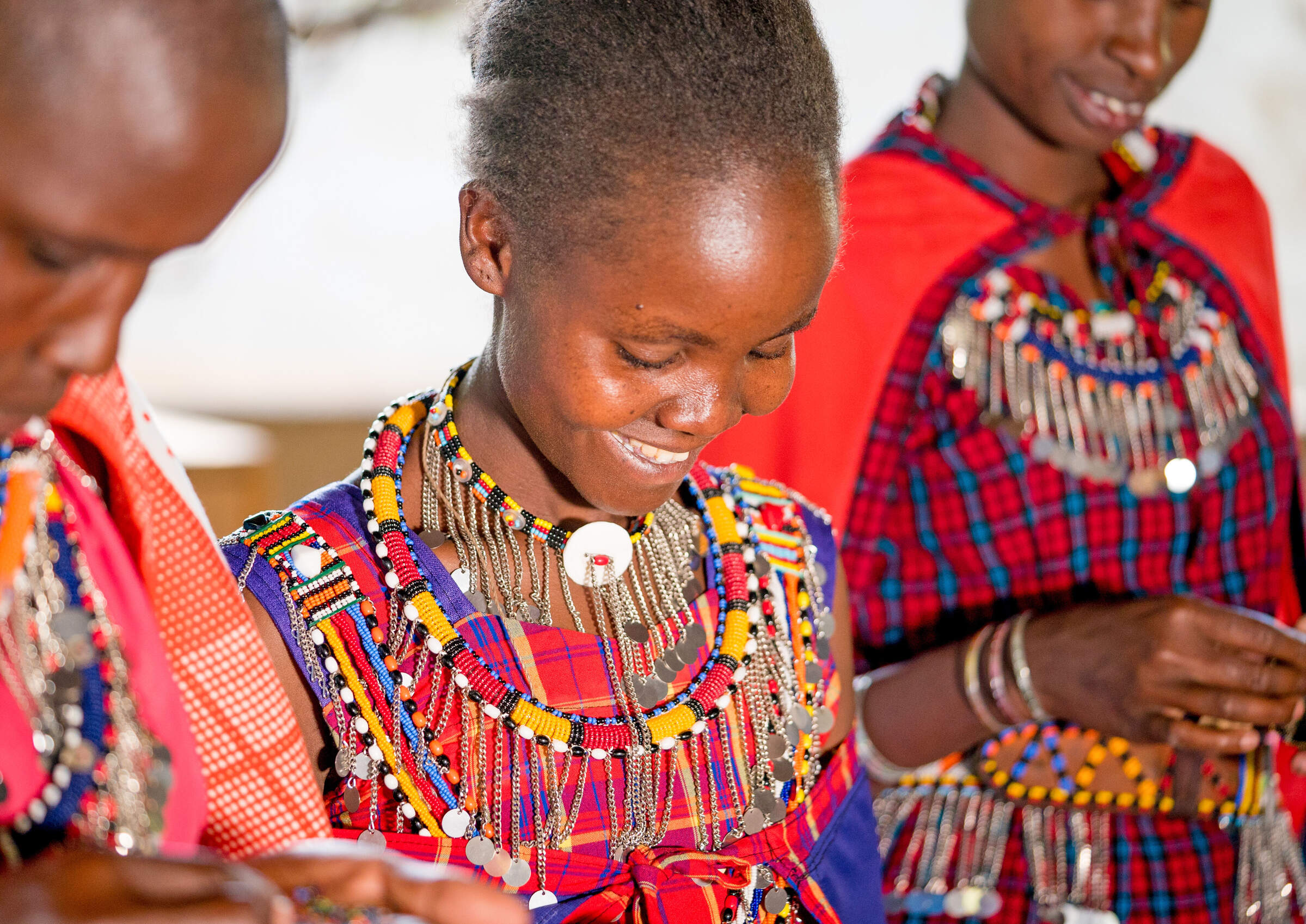Best cultural experiences in Kenya
Occasionally it's even possible to take part in traditional ceremonies. While nomadic lifestyles are circumscribed these days by the conventions of modern life, these communities are still rooted in traditions very different from those most visitors are used to.
There are more than forty different language groups or tribes in Kenya, of which three communities, the Maasai, Samburu and Turkana, have held onto traditional clothing and lifestyles in much of their range.
- The Maasai are traditionally semi-nomadic and entirely dependent on their livestock. These days they tend to be fairly sedentary, occupying small settlements of 8-15 houses protected by thorn bushes or fencing. Livestock, including goats and sheep but especially cattle, are the primary source of income for the Maasai - when they can be persuaded to sell that is.
- The Samburu are closely related to the Maasai. Both arrived in Kenya from the upper Nile region in present-day South Sudan in the sixteenth and seventeenth centuries, and they speak a common language - Maa. The traditional Samburu diet consists of milk and blood extracted from their cows. Meat is only served on special occasions. Dancing plays a significant role in Samburu culture and is similar to that of the Maasai people with men dancing in a circle and jumping high from a standing position.
- The Turkana are an important pastoral community in northern Kenya. Like other herders, they traditionally lived a nomadic life, always moving from one place to another depending on the availability of pasture and water for their animals. Although trading and employment are increasingly important (many Turkana men work in the security services or as guards and night watchmen), the old cattle culture is still vitally important. Fishing is also a major source of food for those living close to Lake Turkana.
Wahlberg's Eagle Fly-in Safari
6 days • 2 locations
NAIROBI AIRPORT TO NAIROBI AIRPORT
US$5,880 - US$6,450 per person
El Karama Lodge
Experience life on a working cattle ranch by exploring El Karama's ranch, dairy, and vast vegetable garden. This experience shares insights on the successful coexistence of wildlife conservation, farming, tourism and local communities.
Basecamp Eagle View
The camp is closely linked to the community guiding school nearby, as well as a local school and women’s arts centre. A few hours spent learning about the lives of the Maasai people is a very worthwhile addition to your stay.
Gabar Goshawk Fly-in Safari
7 days • 3 locations
NAIROBI AIRPORT TO NAIROBI AIRPORT
US$6,580 - US$6,580 per person
Il Ngwesi Eco-Lodge
Owned, managed and staffed by the Il Ngwesi Maasai community, this lodge in the remote bush of eastern Laikipia is one of Kenya’s best bases for a deeper cultural immersion than simply visiting a local village or compound.
Selenkay Adventure
Selenkay offers unique interaction with the Maasai warriors who staff the camp. The camp’s sincere involvement with the local community, providing employment and funds, creates a truly authentic relationship that is evident throughout your stay.
Golden Weaver Fly-In Safari
6 days • 2 locations
NAIROBI AIRPORT TO NAIROBI AIRPORT
US$3,720 - US$3,720 per person
Selenkay Adventure
Selenkay offers unique interaction with the Maasai warriors who staff the camp. The camp’s sincere involvement with the local community, providing employment and funds, creates a truly authentic relationship that is evident throughout your stay.
Steppe Eagle Fly-in Safari
7 days • 2 locations
NAIROBI AIRPORT TO NAIROBI AIRPORT
US$6,920 - US$9,310 per person
Elephant Bedroom
Elephant Bedroom is managed by members of the Samburu community and offers local Samburu village visits. During these you’ll gain genuine insights into local daily life – an experience which benefits both the guests and community.
Lanner Falcon Fly-In Safari
8 days • 3 locations
NAIROBI AIRPORT TO NAIROBI AIRPORT
US$7,140 - US$8,400 per person
Saruni Samburu
This is a camp staffed by Samburu people who can take you to neighbouring villages to meet their community in an authentic, non-commercial manner. You can also visit the Reteti Elephant Sanctuary, a remarkable community initiative.
De Brazza Monkey Fly-in Safari
9 days • 3 locations
NAIROBI AIRPORT TO NAIROBI AIRPORT
US$13,540 - US$16,320 per person
Sarara
In a nearby seasonal river, Samburu people assemble in the dry season to form human chains, collecting water from deep wells for their livestock. Singing as they work, their tunes create a hypnotic experience known as the ‘singing wells’.
Gorillas and Maasai Mara Safari
9 days • 3 locations
KIGALI AIRPORT TO NAIROBI AIRPORT
US$11,400 - US$13,520 per person
Mountain Gorilla View
Mountain Gorilla View Lodge has strong ties with the surrounding communities and supports a local 'Intore' dance troop who perform at the lodge each afternoon. The word 'Intore' means warrior and bands of sisal on headbands portray dancers as fearsome lions.
The Highlights of Africa
17 days • 7 locations
CAPE TOWN AIRPORT TO KIGALI AIRPORT
US$16,680 - US$19,860 per person
Mountain Gorilla View
Mountain Gorilla View Lodge has strong ties with the surrounding communities and supports a local 'Intore' dance troop who perform at the lodge each afternoon. The word 'Intore' means warrior and bands of sisal on headbands portray dancers as fearsome lions.
1 of
Best camps & lodges for Cultural Experiences in Kenya
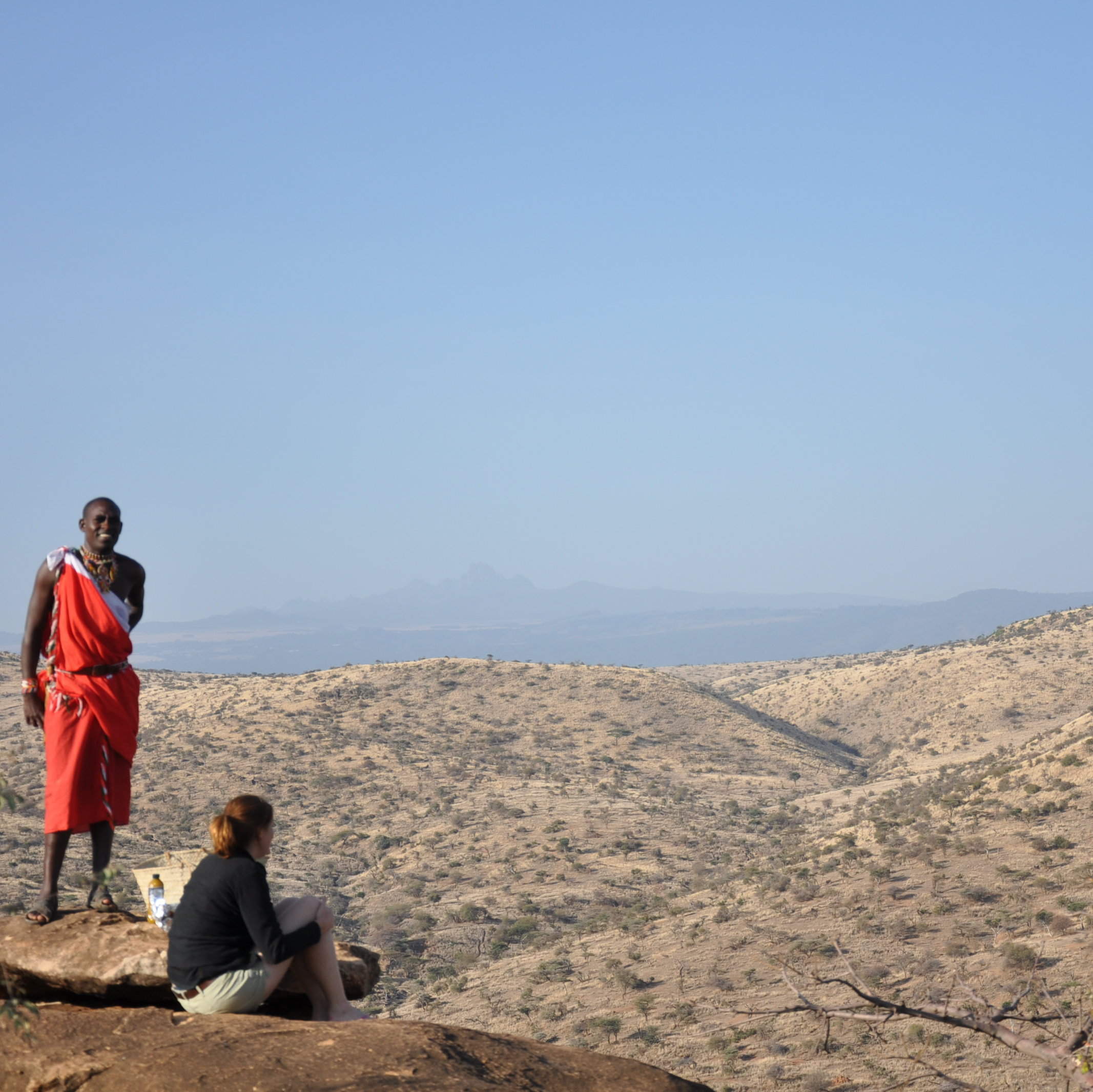
Tassia Lodge
Tassia operates as a partnership between the local Maasai community and the managers – and so there is great involvement with the local villages. You'll have the opportunity to visit and learn as much as you like, in this exceptionally well integrated lodge.
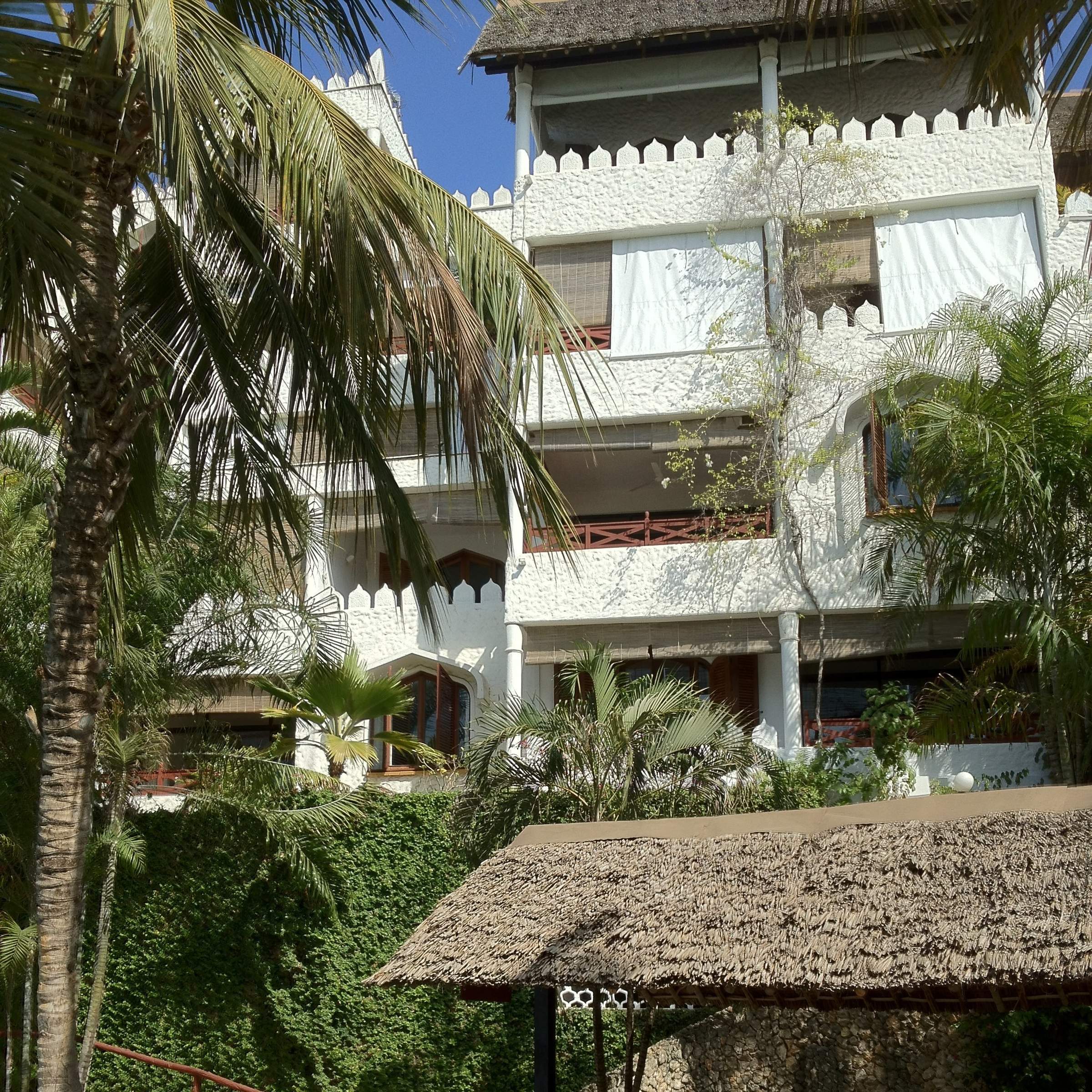
Tamarind Village
Tamarind Village is a good base from which to explore the fascinating Swahili history, mosques and architecture of Mombasa. The old town, and the museum-monument of Fort Jesus are only a 15-minute drive away, and transport to these can be easily arranged.
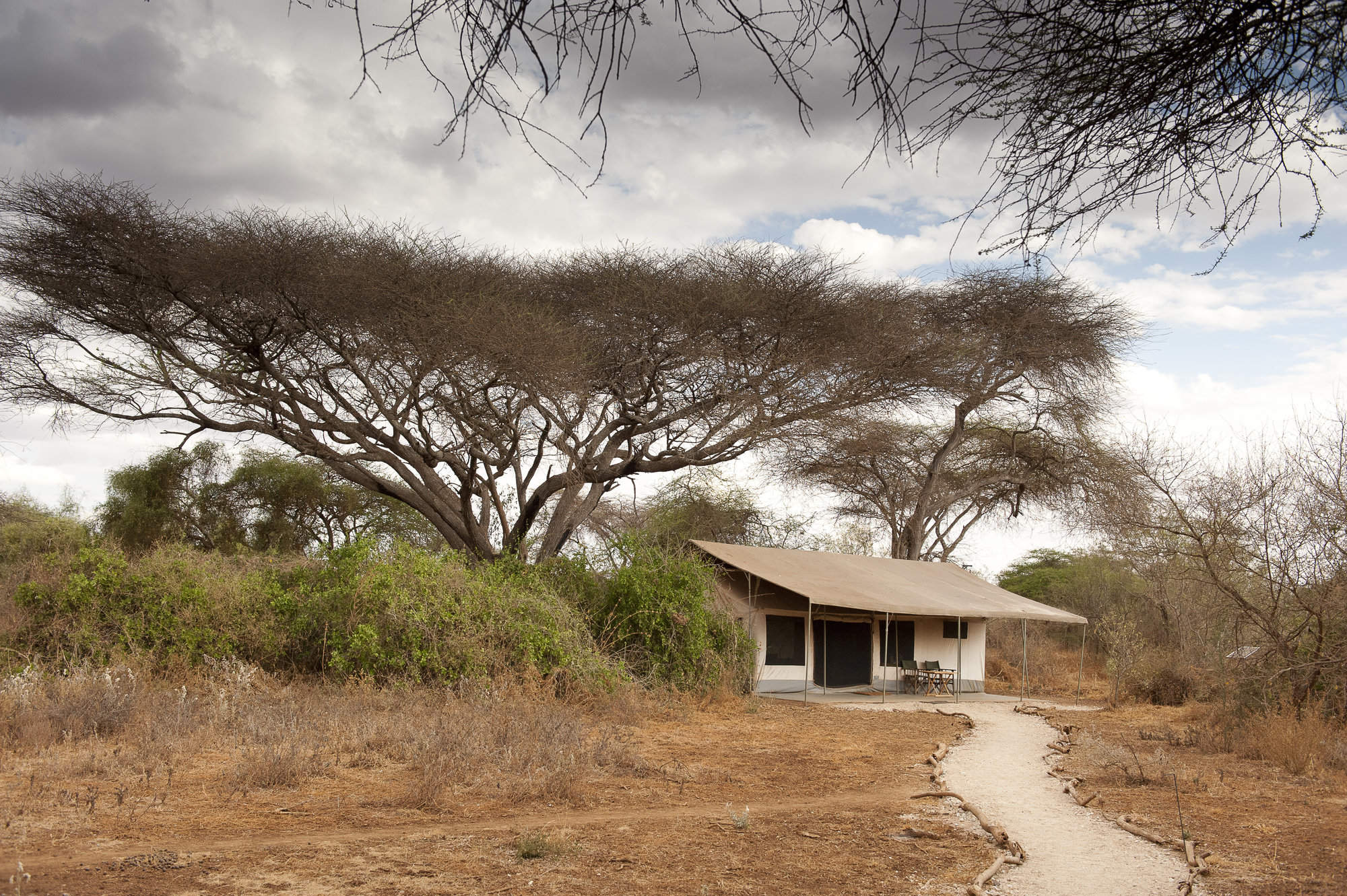
Porini Amboseli Camp
Most guests will visit a local Maasai village during their stay and you can interact with people and learn something about the Maasai way of life. With no fees charged and nothing sold, this provides genuine, brief insights into Maasai culture.

Selenkay Adventure
Selenkay offers unique interaction with the Maasai warriors who staff the camp. The camp’s sincere involvement with the local community, providing employment and funds, creates a truly authentic relationship that is evident throughout your stay.
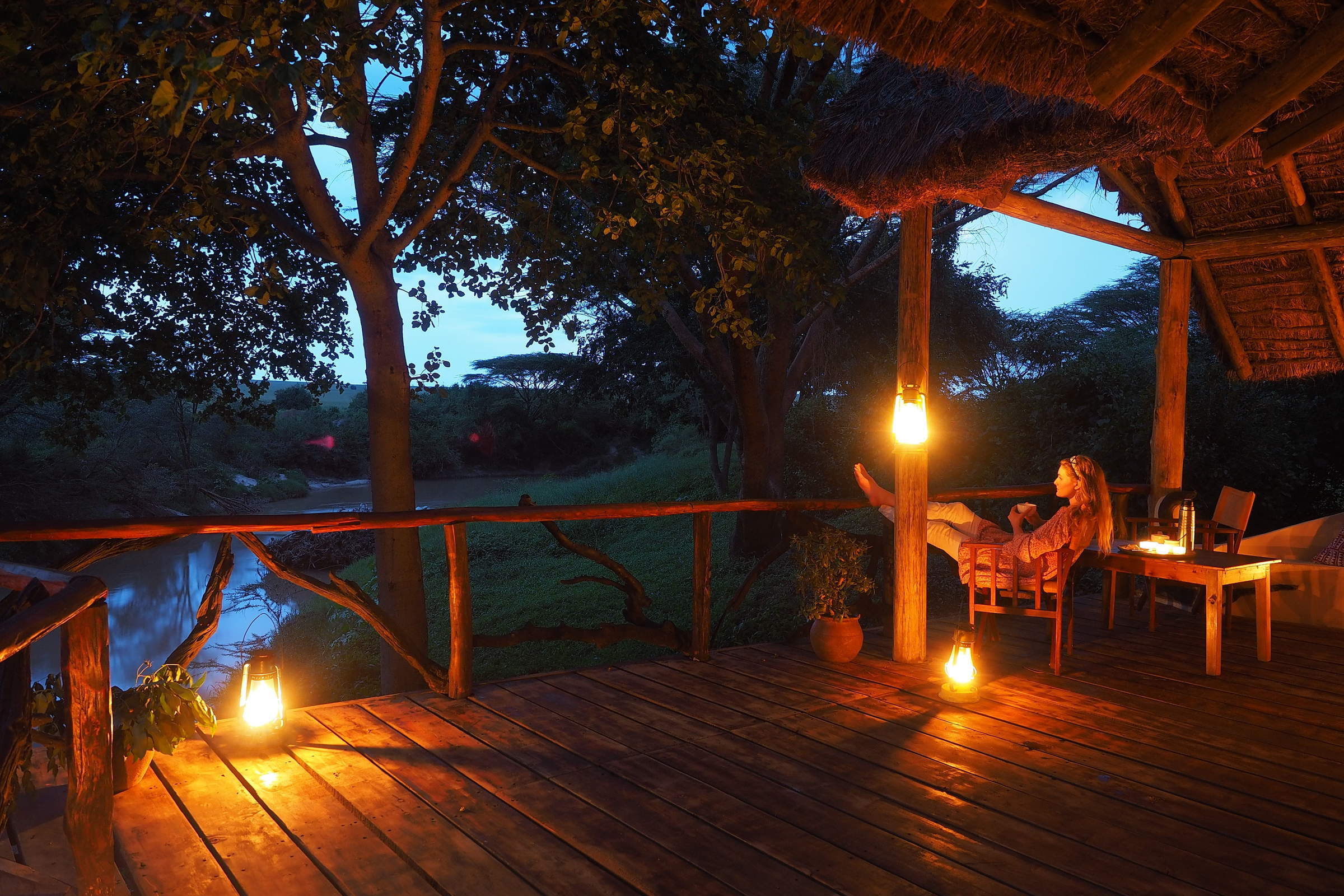
Basecamp Maasai Mara
School visits are on the agenda here, and can be very worthwhile. The 2-hour walks around the Talek community area include background on the local economy. A group of women make souvenirs, and the proceeds of these go back to the community.
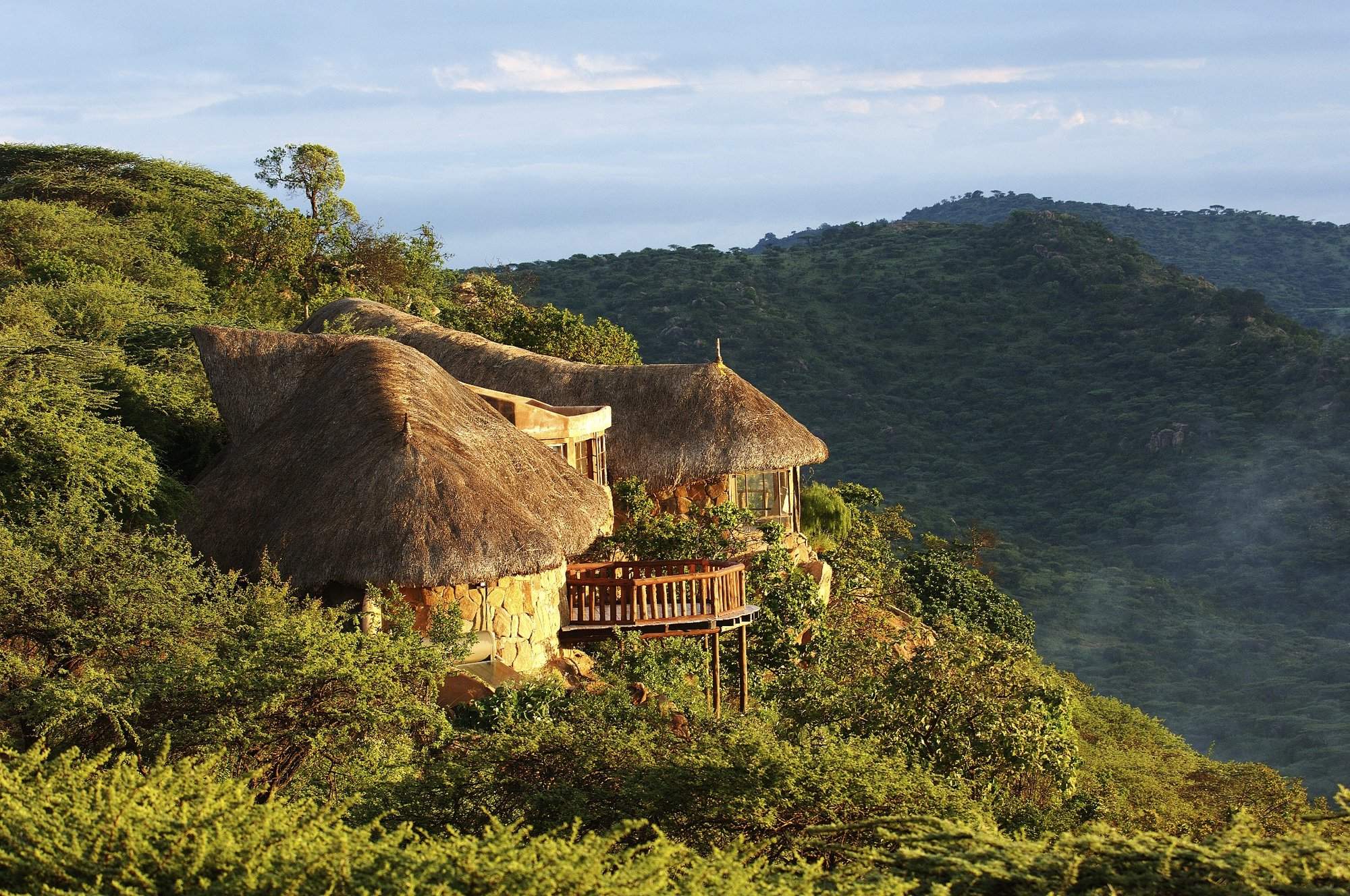
Sanctuary at Ol Lentille
This lodge is in the heartland of the Laikipiak Maasai - the northern branch of the Maasai people. Local village, school and market visits can be organised as part of your activities. Ideally, it's best to book these excursions in advance.
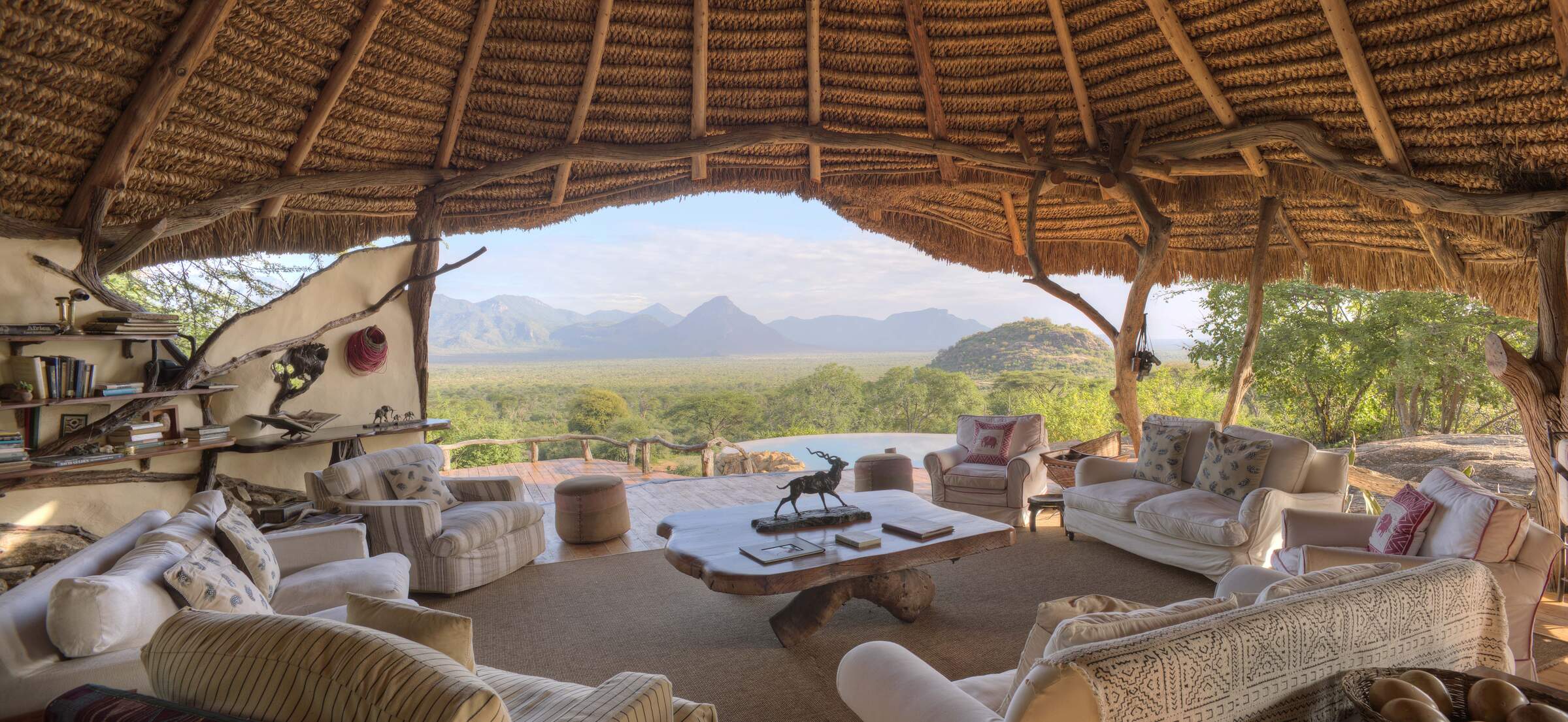
Sarara
In a nearby seasonal river, Samburu people assemble in the dry season to form human chains, collecting water from deep wells for their livestock. Singing as they work, their tunes create a hypnotic experience known as the ‘singing wells’.
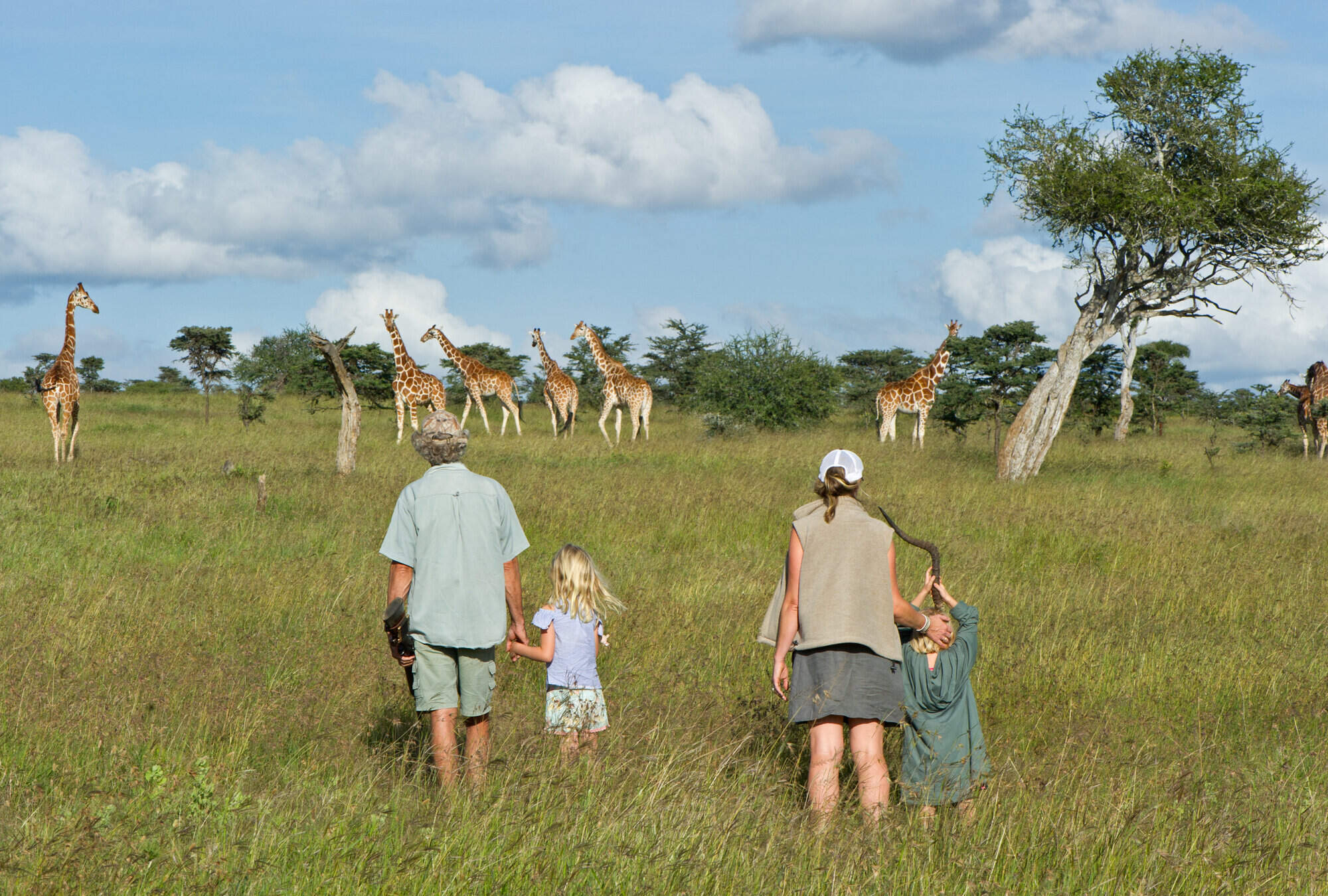
El Karama Lodge
Experience life on a working cattle ranch by exploring El Karama's ranch, dairy, and vast vegetable garden. This experience shares insights on the successful coexistence of wildlife conservation, farming, tourism and local communities.
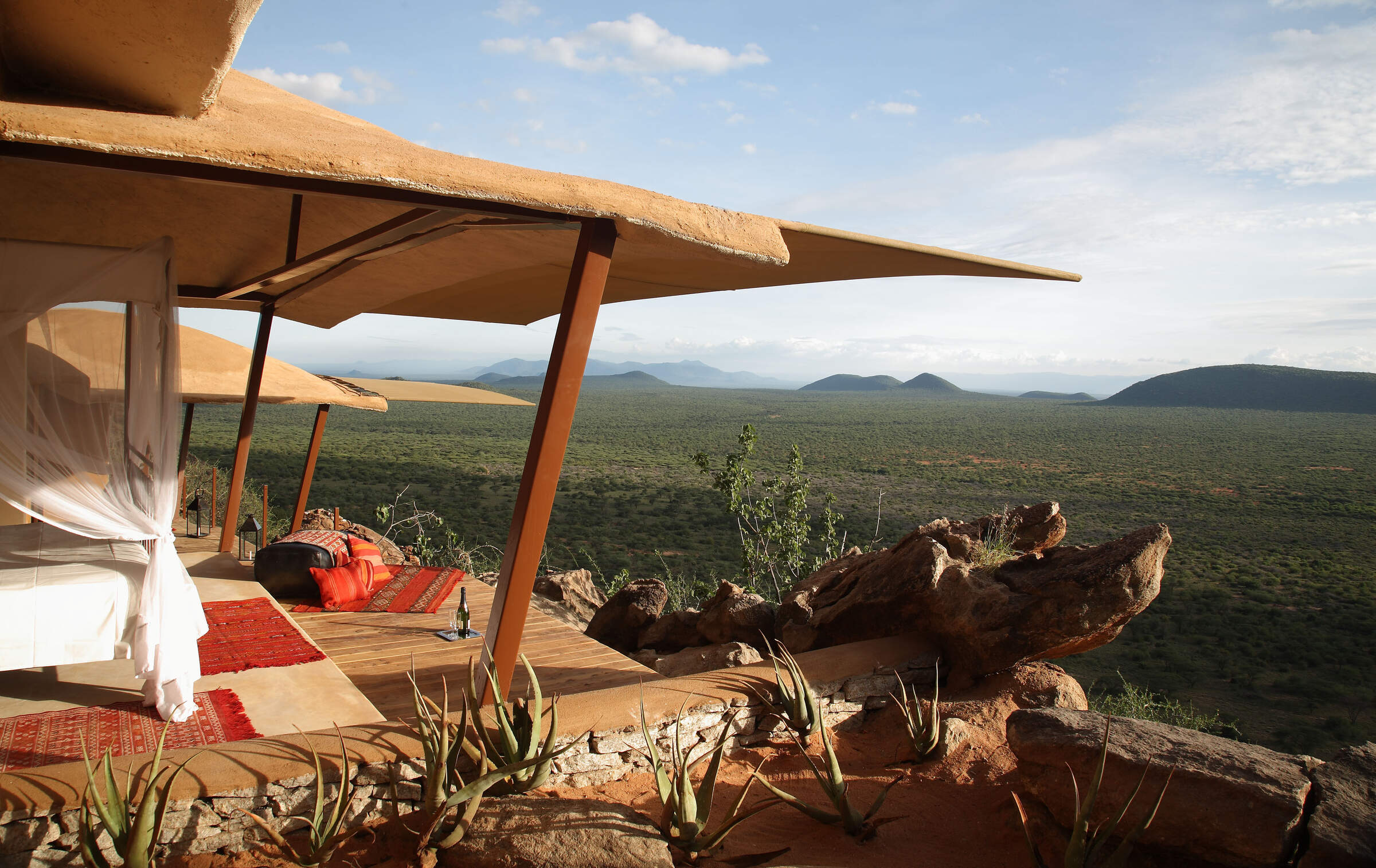
Saruni Samburu
This is a camp staffed by Samburu people who can take you to neighbouring villages to meet their community in an authentic, non-commercial manner. You can also visit the Reteti Elephant Sanctuary, a remarkable community initiative.
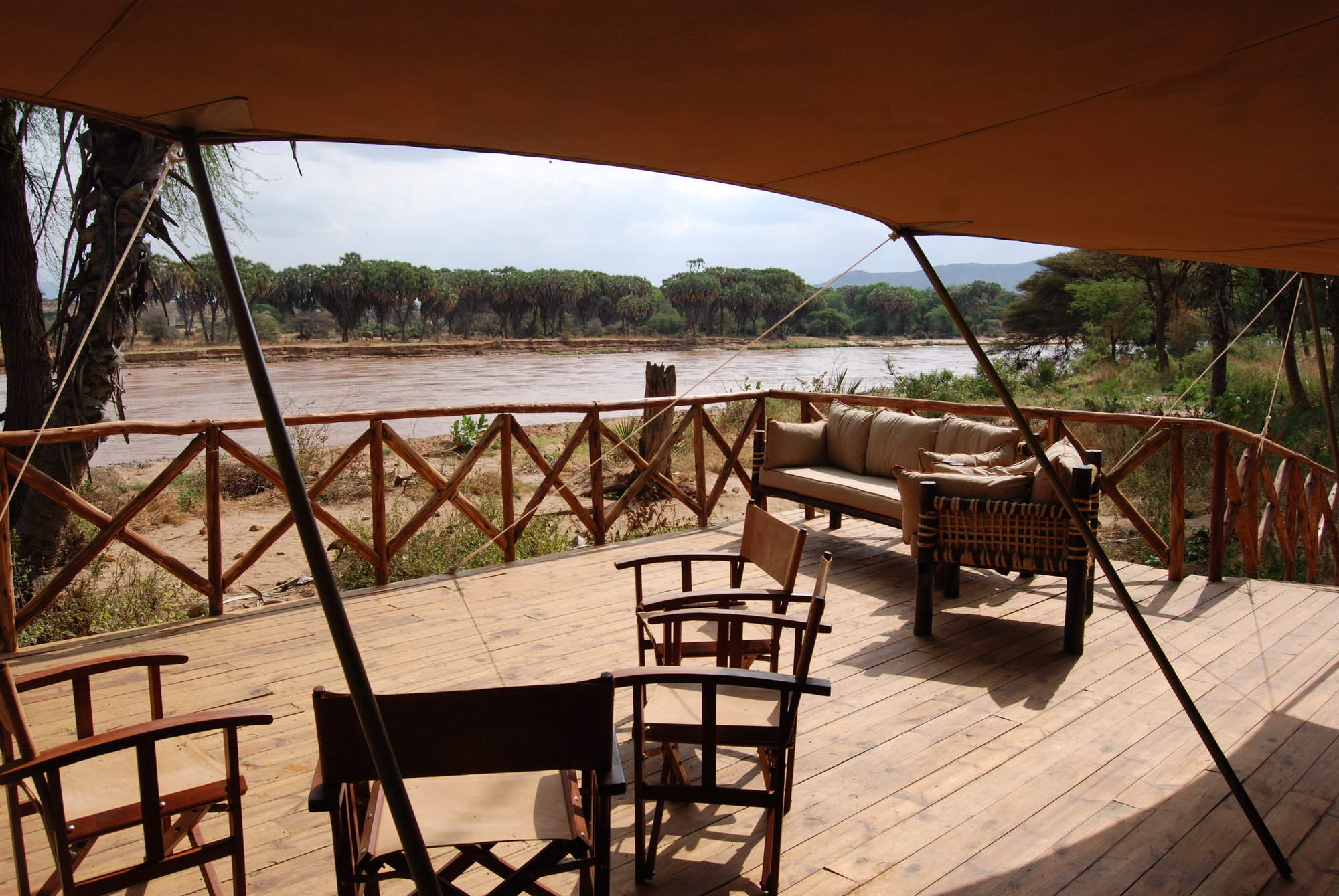
Elephant Bedroom
Elephant Bedroom is managed by members of the Samburu community and offers local Samburu village visits. During these you’ll gain genuine insights into local daily life – an experience which benefits both the guests and community.
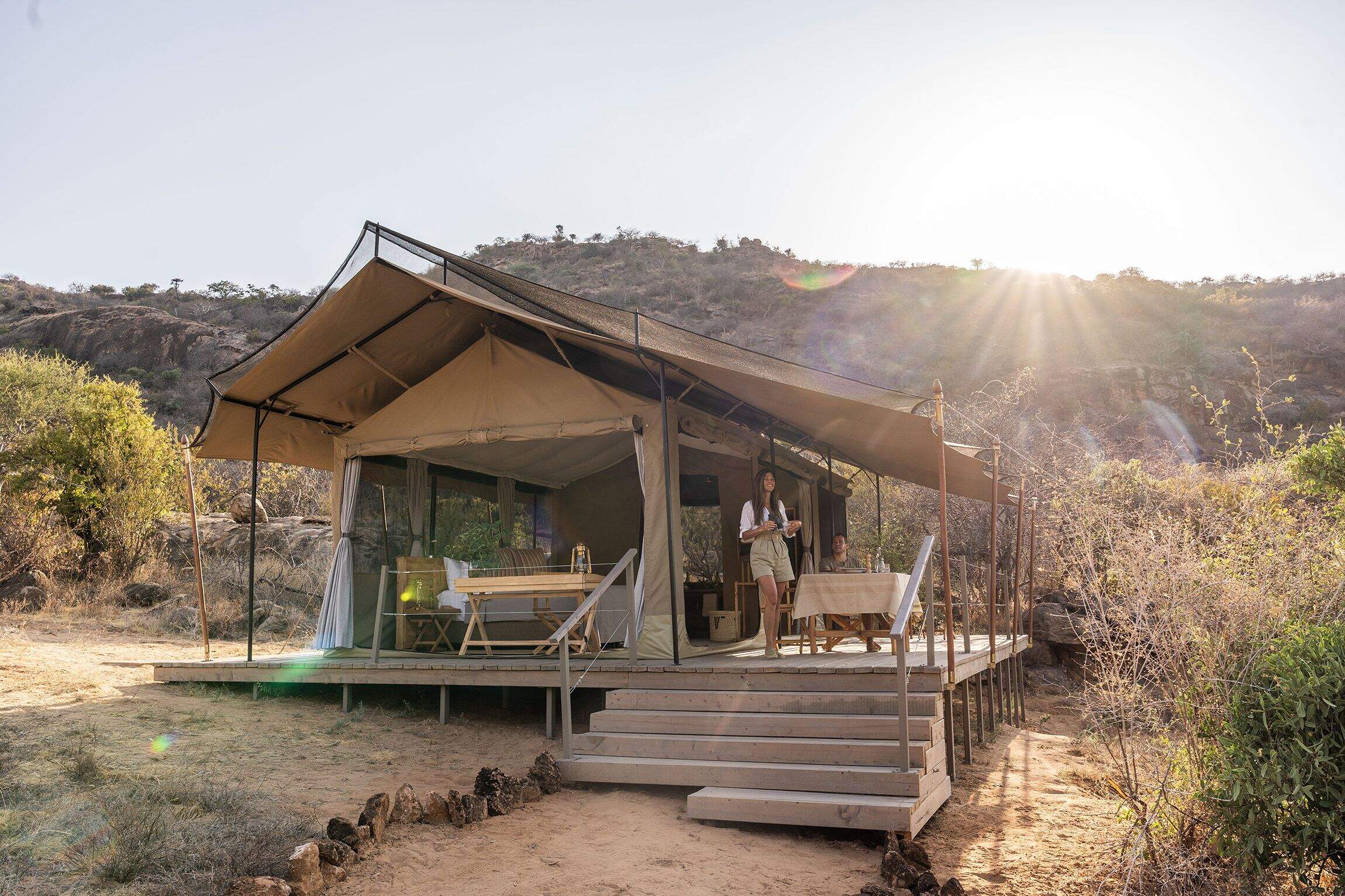
Basecamp Samburu
Basecamp Samburu offers the Warrior Academy, an interactive experience with a strong educational focus. Cultural village visits are also possible which, thanks to strong ties with the local communities, we expect to be authentic.
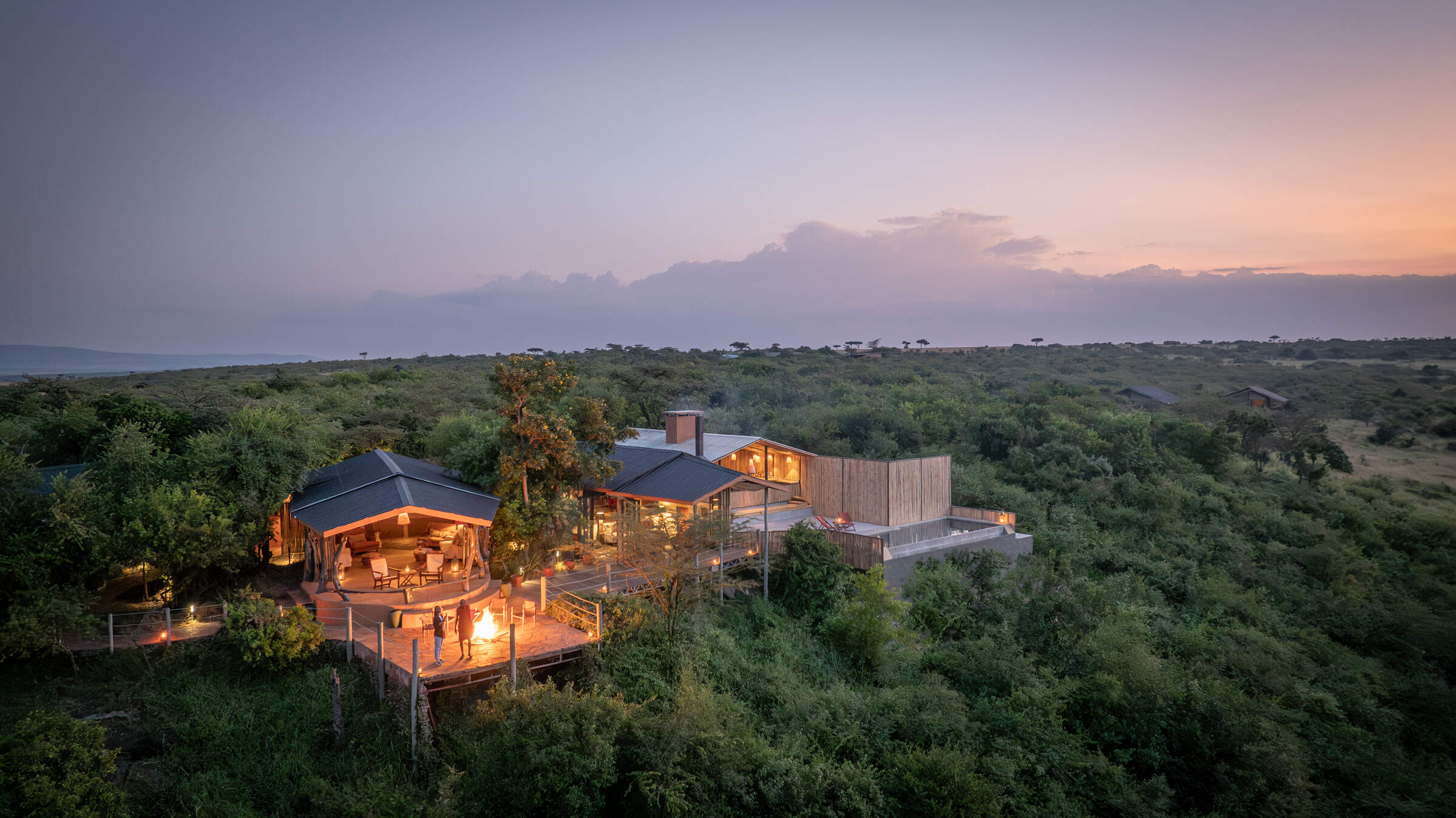
Basecamp Eagle View
The camp is closely linked to the community guiding school nearby, as well as a local school and women’s arts centre. A few hours spent learning about the lives of the Maasai people is a very worthwhile addition to your stay.
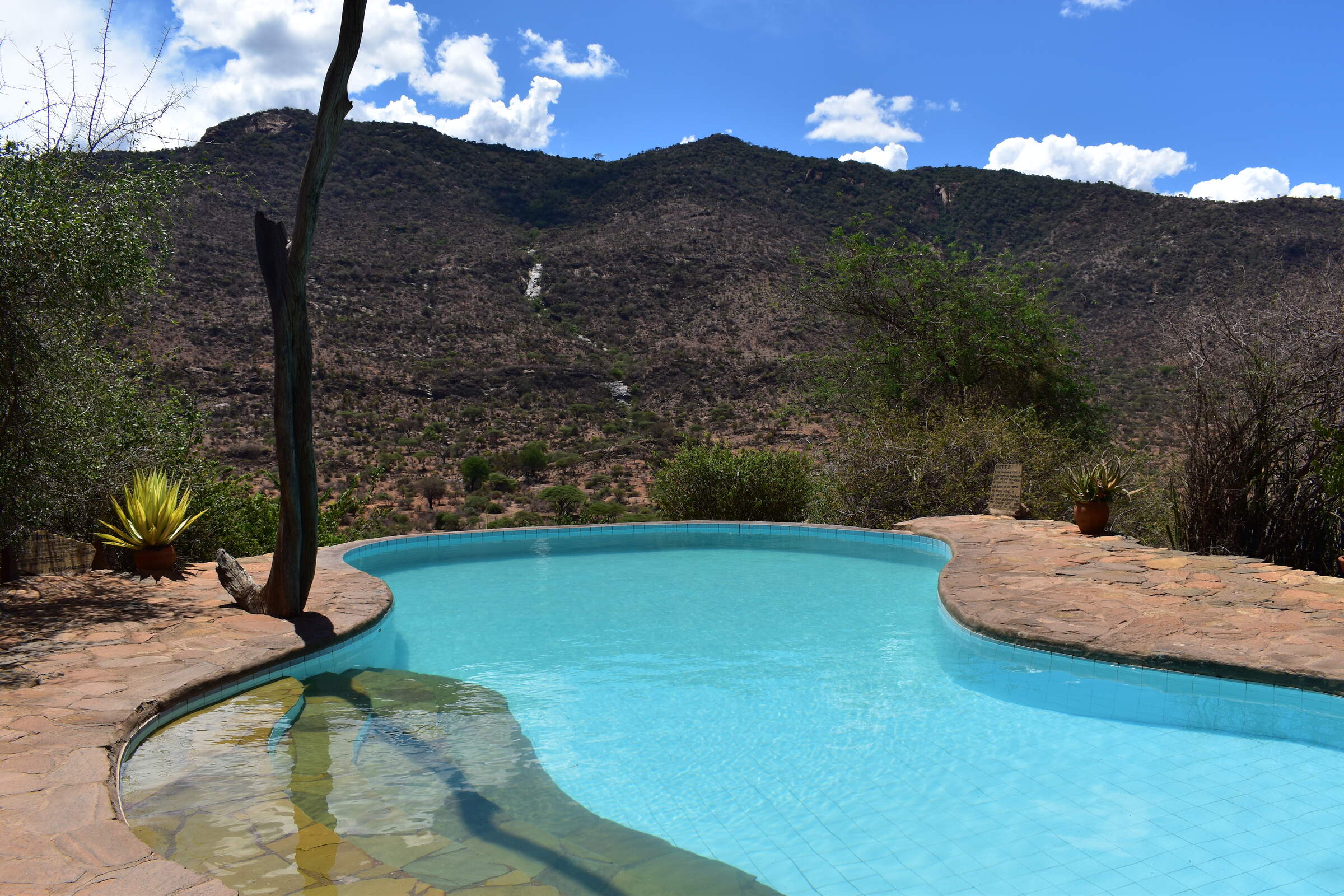
Il Ngwesi Eco-Lodge
Owned, managed and staffed by the Il Ngwesi Maasai community, this lodge in the remote bush of eastern Laikipia is one of Kenya’s best bases for a deeper cultural immersion than simply visiting a local village or compound.
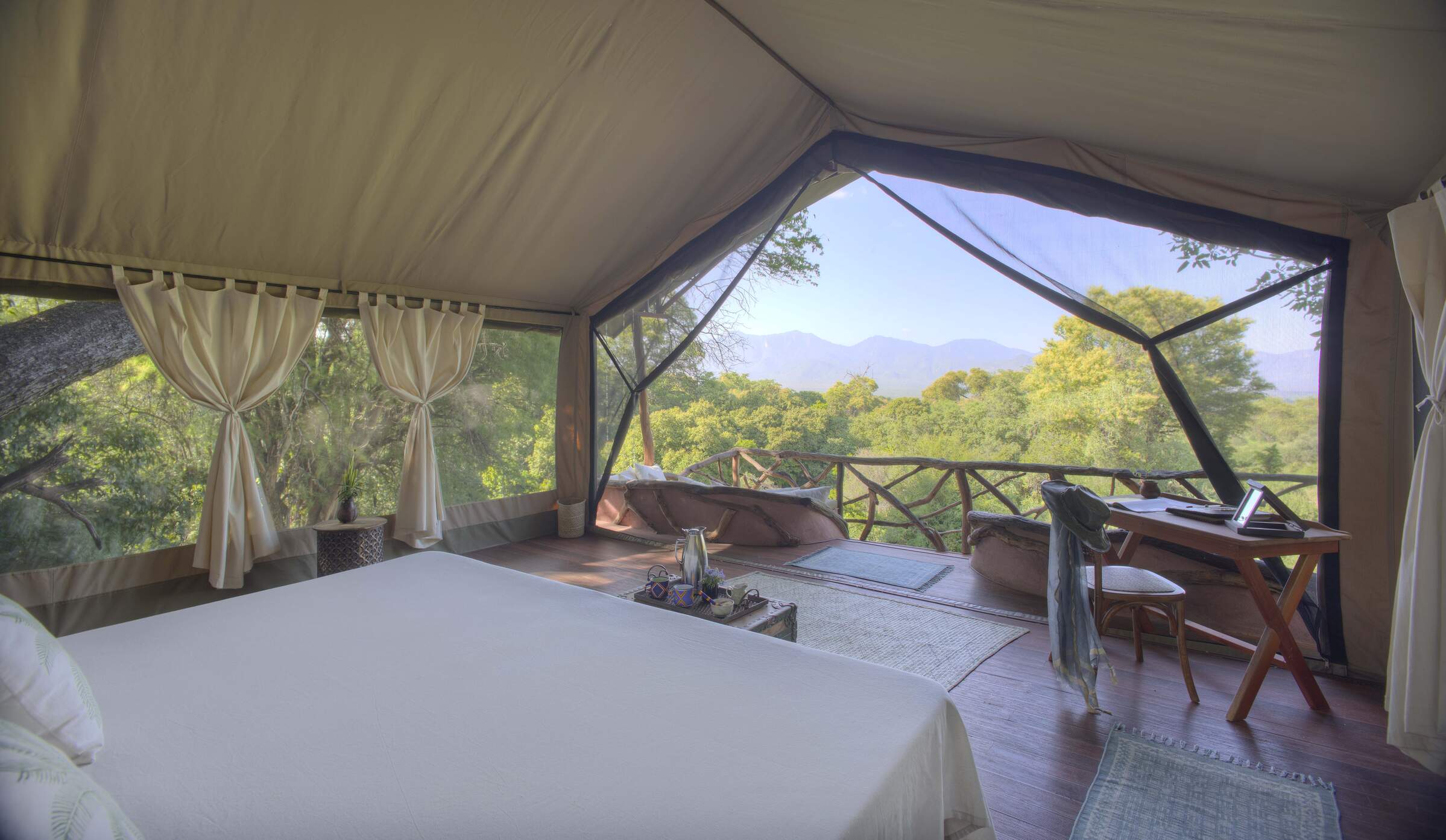
Sarara Treehouses
Sarara Treehouses has strong ties with the local Samburu community. Visit a local village for an authentic cultural experience and stop by the ‘singing wells’ where people sing as they collect water for their livestock.
Cultural Experiences elsewhere in Africa
Our top ideas and inspiration for Cultural Experiences in other countries.
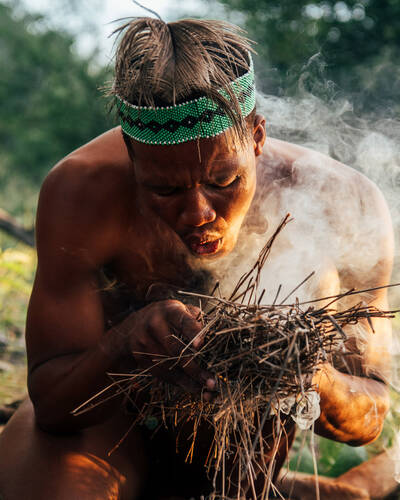
Botswana
Botswana has diverse ethnic groups living side by side in what has historically been a very peaceful ...
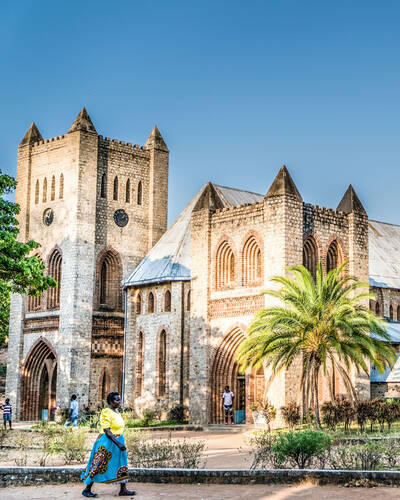
Malawi
Almost any travelling in Malawi can offer insights into the country's culture and traditions - ...
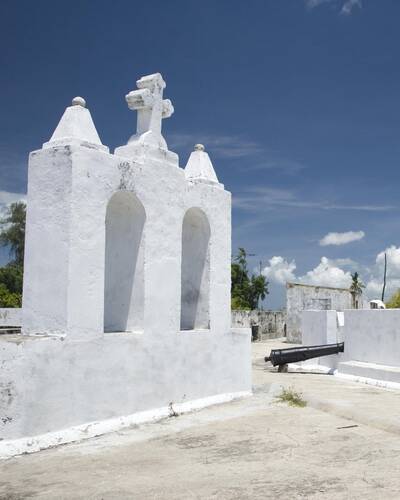
Mozambique
Mozambique can offer really unique African cultural experiences - which have their roots in its ...
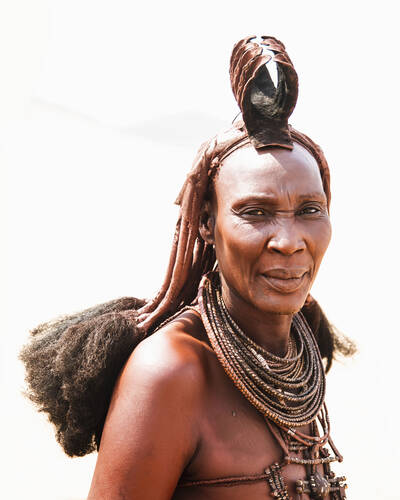
Namibia
Namibia is one of our favourite places for cultural experiences in Africa. Despite having one of ...
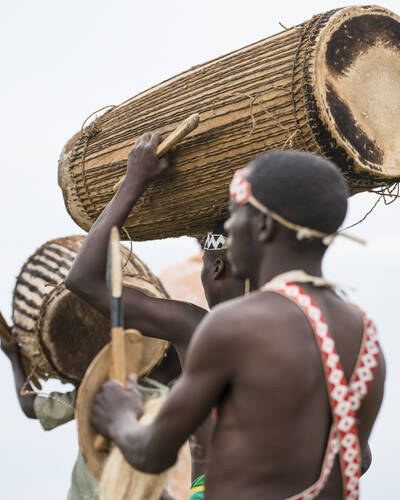
Rwanda
Rwanda has a rich and well documented cultural history. Far from being clearly distinct tribes, ...
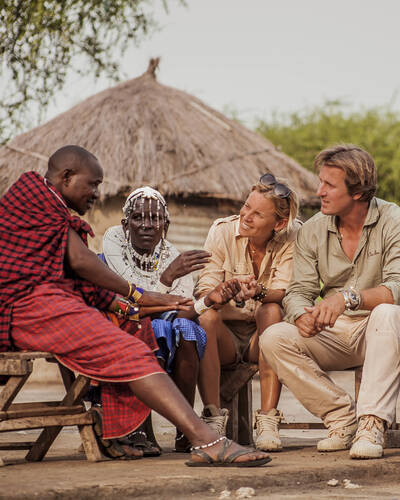
Tanzania
Tanzania offers many contrasting African cultural experiences. With a population of around 50 million, ...

Zambia
Zambia's safari camps are notable for their small scale and often excellent community ties, leading ...
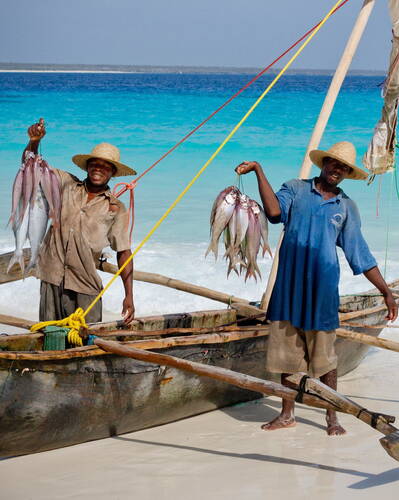
Zanzibar
Simply staying on Zanzibar is a cultural experience in itself. The exotic, vibrant atmosphere of ...
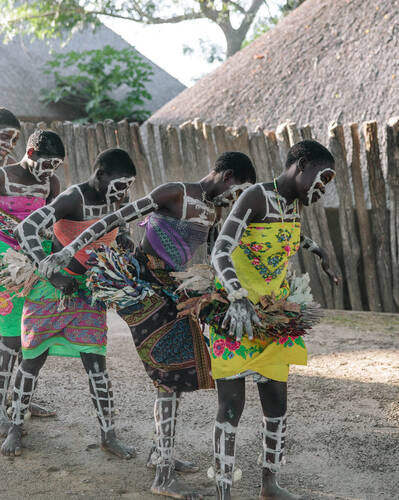
Zimbabwe
Despite its troubled recent history, Zimbabwe is a vibrant and beautiful country, with some excellent ...
Where to see wildlife species in Kenya
Maximise the chances of seeing your favourite animals based on traveller sightings reports from the field.
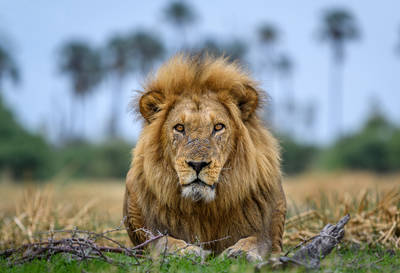
Lion
Panthera leo
Lions are at the top of the food chain and also most safari wish-lists, but with their numbers falling fast, any encounter with these majestic apex predators always feels like a privilege.
81% SUCCESS
3,707 sightings from 4,577 observations
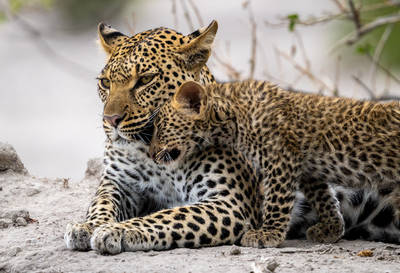
Leopard
Panthera pardus
The most numerous of Africa’s big cats, leopard occur across many habitats, from wild tracts to populated areas. Their grace and their elusive nature make them a unique safari drawcard.
47% SUCCESS
2,390 sightings from 5,083 observations
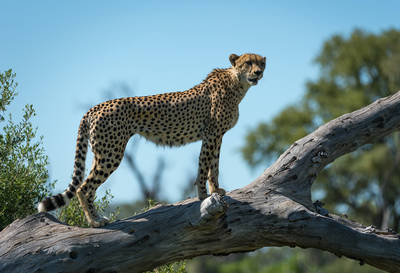
Cheetah
Acinonyx jubatus
The cheetah is the fastest land animal and the only cat that hunts by pure speed. Found largely in open grasslands, its slim, elegant form is today an increasingly rare sight.
33% SUCCESS
1,304 sightings from 3,899 observations
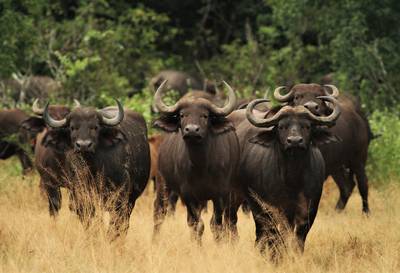
Buffalo
Syncerus caffer
One of the ‘Big Five’, buffalo earned a fearsome reputation in hunters’ tales. By contrast, big herds of these sociable bovids are placid, but mount formidable defences against predators.
83% SUCCESS
3,123 sightings from 3,770 observations
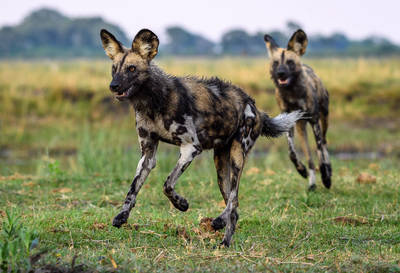
Wild dog
Lycaon pictus
African wild dogs are among the continent’s most compelling animals. Much misunderstood, these rare, tie-dyed canids are amazingly efficient hunters with a fascinating social life.
32% SUCCESS
1,060 sightings from 3,353 observations
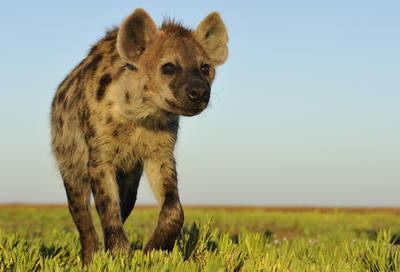
Spotted Hyena
Crocuta crocuta
The spotted hyena may be thought of as ‘ugly’ and ‘cowardly’. In fact, this versatile and intelligent carnivore is one of Africa’s most fascinating and warrants attention on any safari.
55% SUCCESS
2,646 sightings from 4,838 observations
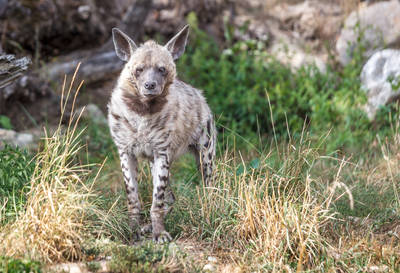
Striped Hyena
Hyaena hyaena
The striped hyena is the most widespread of the world’s hyenas, but absent from southern Africa. A rarely-seen nocturnal scavenger, it is shyer and more solitary than its spotted cousin.
13% SUCCESS
141 sightings from 1,097 observations
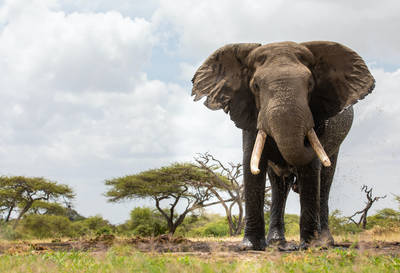
Elephant
Loxodonta africana
By far the biggest of the so-called Big Five – indeed, the largest land animal on the planet – the elephant shapes the very landscape it inhabits and is a defining presence on any safari.
91% SUCCESS
4,469 sightings from 4,913 observations
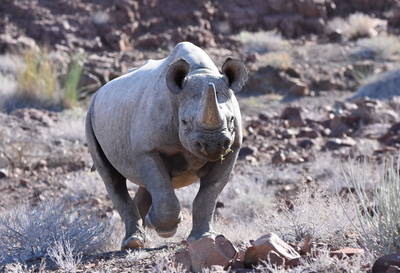
Black Rhino
Diceros bicornis
The black rhino is the smaller and rarer of Africa’s two rhino species but has the more fearsome reputation. Shy and heavily persecuted, it tends to stick to cover.
30% SUCCESS
760 sightings from 2,518 observations
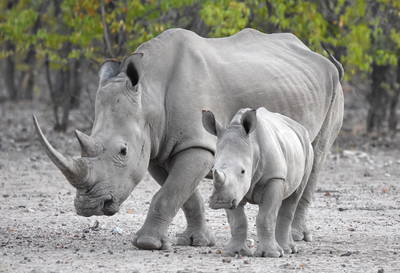
White Rhino
Ceratotherium simum
The white rhino is the largest and most numerous of the world’s five rhinoceros species. They are larger, easier to see and generally more approachable than the black rhino.
44% SUCCESS
623 sightings from 1,432 observations
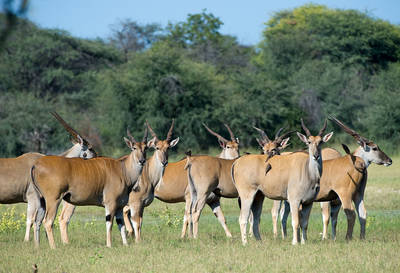
Eland
Taurotragus oryx
Africa’s largest antelope, eland are culturally important from prehistoric rock art to modern game farms. Though widespread, they are also shy so sightings are uncommon and often fleeting.
49% SUCCESS
1,772 sightings from 3,594 observations
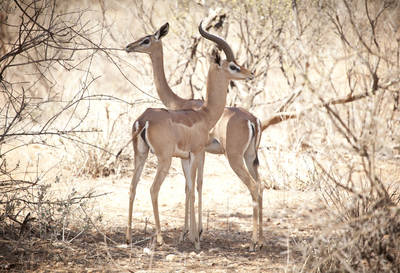
Gerenuk
Litocranius walleri
With its slender frame and extraordinarily long neck, this unmistakable East African antelope resembles an attenuated impala and often stands on its back legs browse high shrubs.
73% SUCCESS
113 sightings from 155 observations
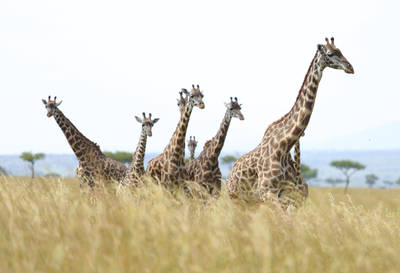
Giraffe
Giraffa camelopardalis
The world’s tallest land mammal, giraffes are herbivores which have evolved many unique adaptations. Their iconic outlines tower above the bush in many of Africa’s wildlife areas.
86% SUCCESS
4,315 sightings from 5,038 observations
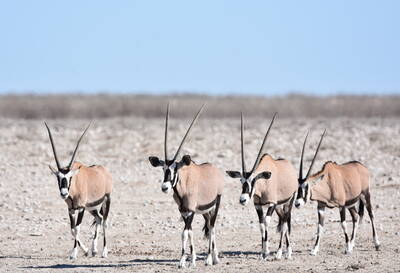
Oryx
Oryx sp.
Oryx are impressive antelopes, with a powerful physique and elegant markings set off by rapier-like horns. They cut a distinctive dash in some of Africa’s harshest landscapes.
69% SUCCESS
1,624 sightings from 2,352 observations
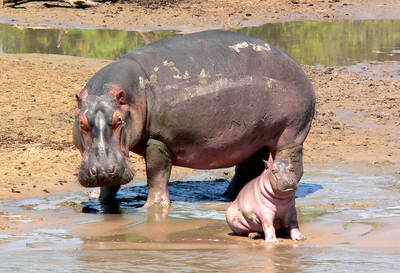
Hippo
Hippopotamus amphibius
The territorial calls of the hippo create a signature soundtrack to Africa’s rivers & wetlands. Despite an endearing smile, this aquatic herbivore has a notoriously aggressive disposition.
89% SUCCESS
3,254 sightings from 3,651 observations
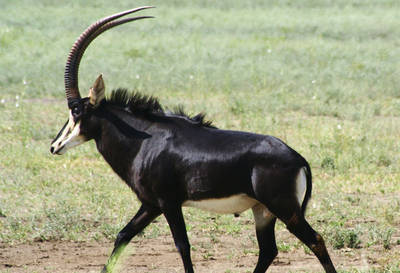
Sable antelope
Hippotragus niger
Perhaps Africa’s most beautiful antelope, sable are renowned for their combative nature, even holding off lions. Shy and restricted in range, sightings of sable are always special.
24% SUCCESS
585 sightings from 2,468 observations
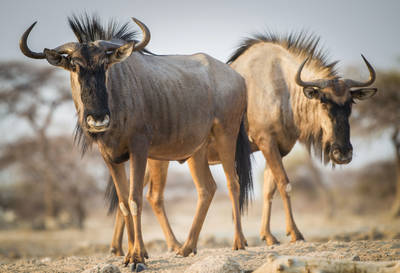
Wildebeest
Connochaetes sp.
Superficially bovine in appearance, wildebeests are known for their spectacular migrations sometimes in huge numbers. These resilient animals are some of Africa’s most successful herbivores.
67% SUCCESS
3,033 sightings from 4,495 observations
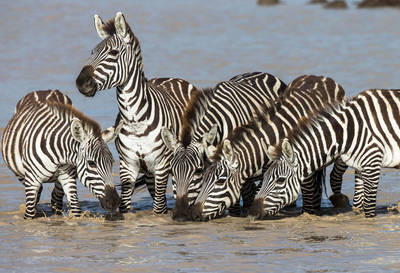
Zebra
Equus sp.
The zebra is a quintessential African animal: the horse in stripy pyjamas at the end of every child’s A–Z. There are three species, of which the plains zebra is much the most common.
84% SUCCESS
4,695 sightings from 5,587 observations
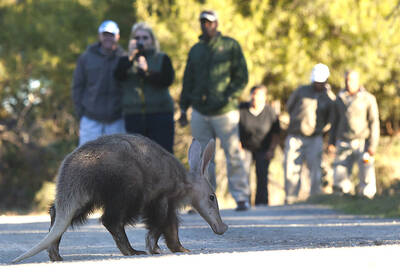
Aardvark
Orycteropus afer
The aardvark is one of Africa’s most bizarre and enigmatic animals. A shy, nocturnal termite-eater, signs of its presence may be scattered about the bush whilst sightings remain elusive.
2% SUCCESS
83 sightings from 4,028 observations
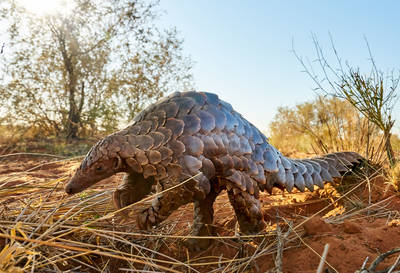
Pangolin
Smutsia sp.
Pangolins appear to be more pine cone than animal in their unique armoury of scales. These nocturnal, ant-eating oddities are not only highly elusive but also increasingly rare.
2% SUCCESS
70 sightings from 4,069 observations

Looking for inspiration on where to travel next?
Visit our trip chooser to explore your options and find inspiration for your perfect African adventure
Inspire meOther styles of holiday in Kenya
Discover all that Kenya has to offer
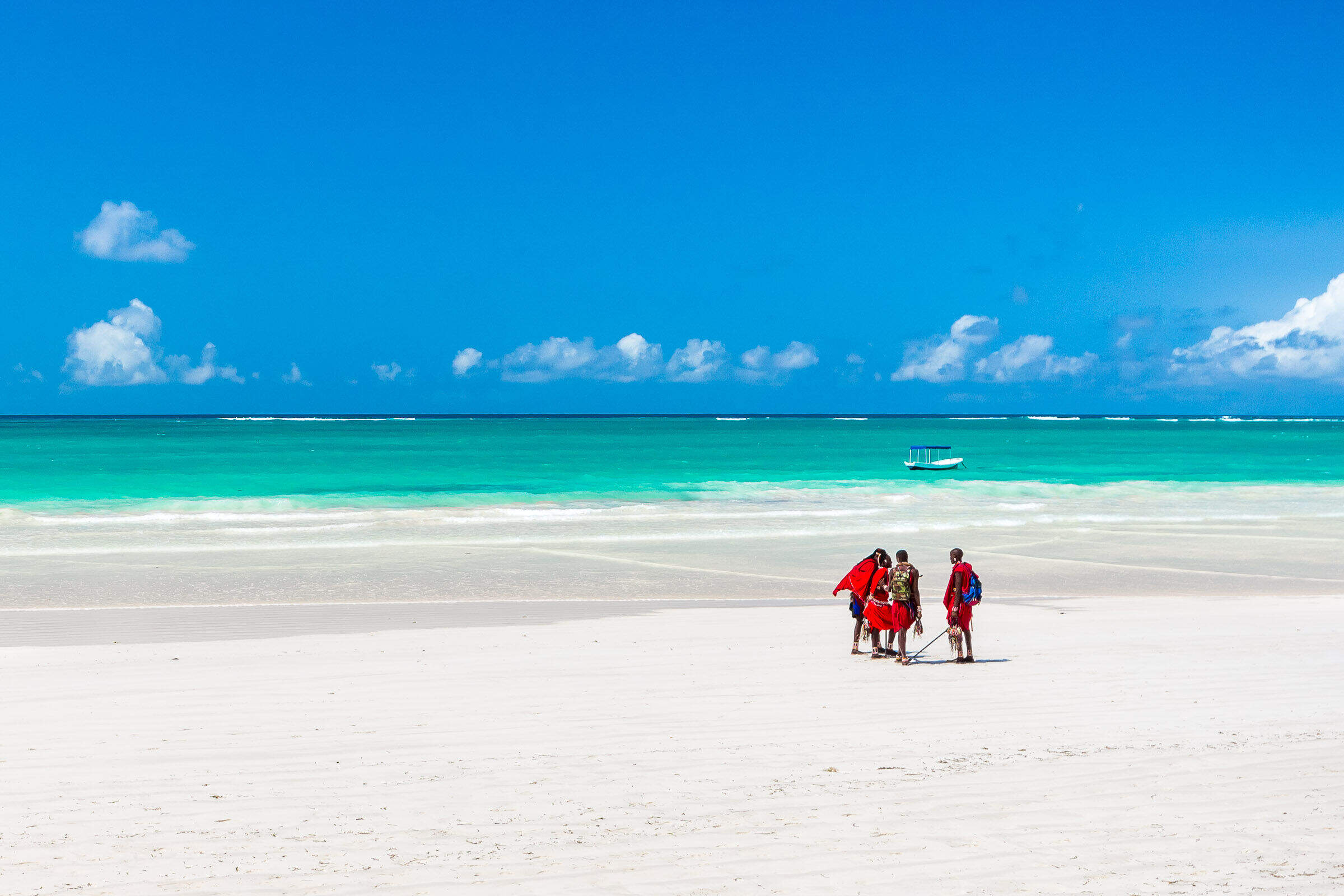
Beach holidays
Discover Africa's coast and tropical islands.
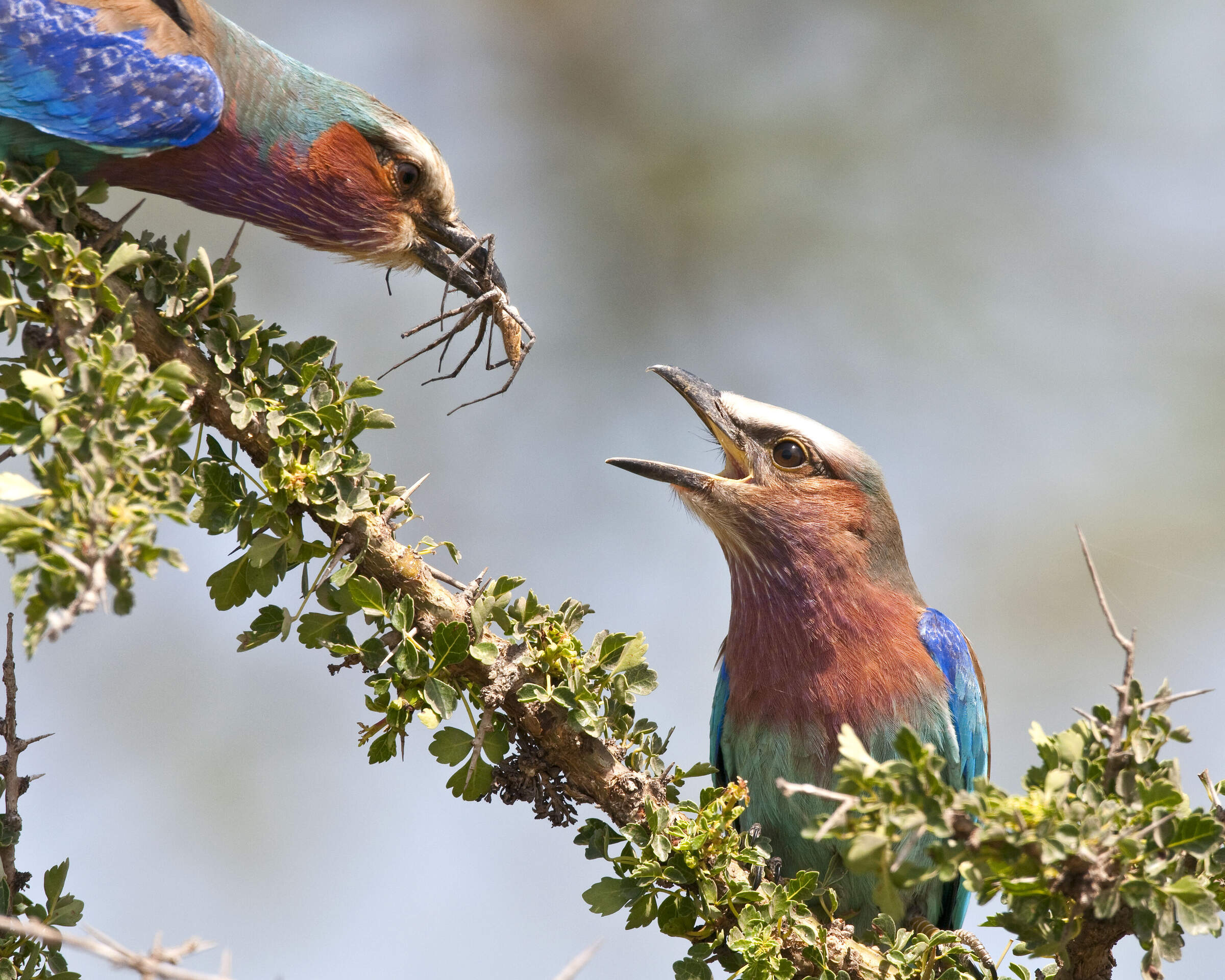
Birdwatching safaris
Diverse habitats, discreet hides and superb guiding.
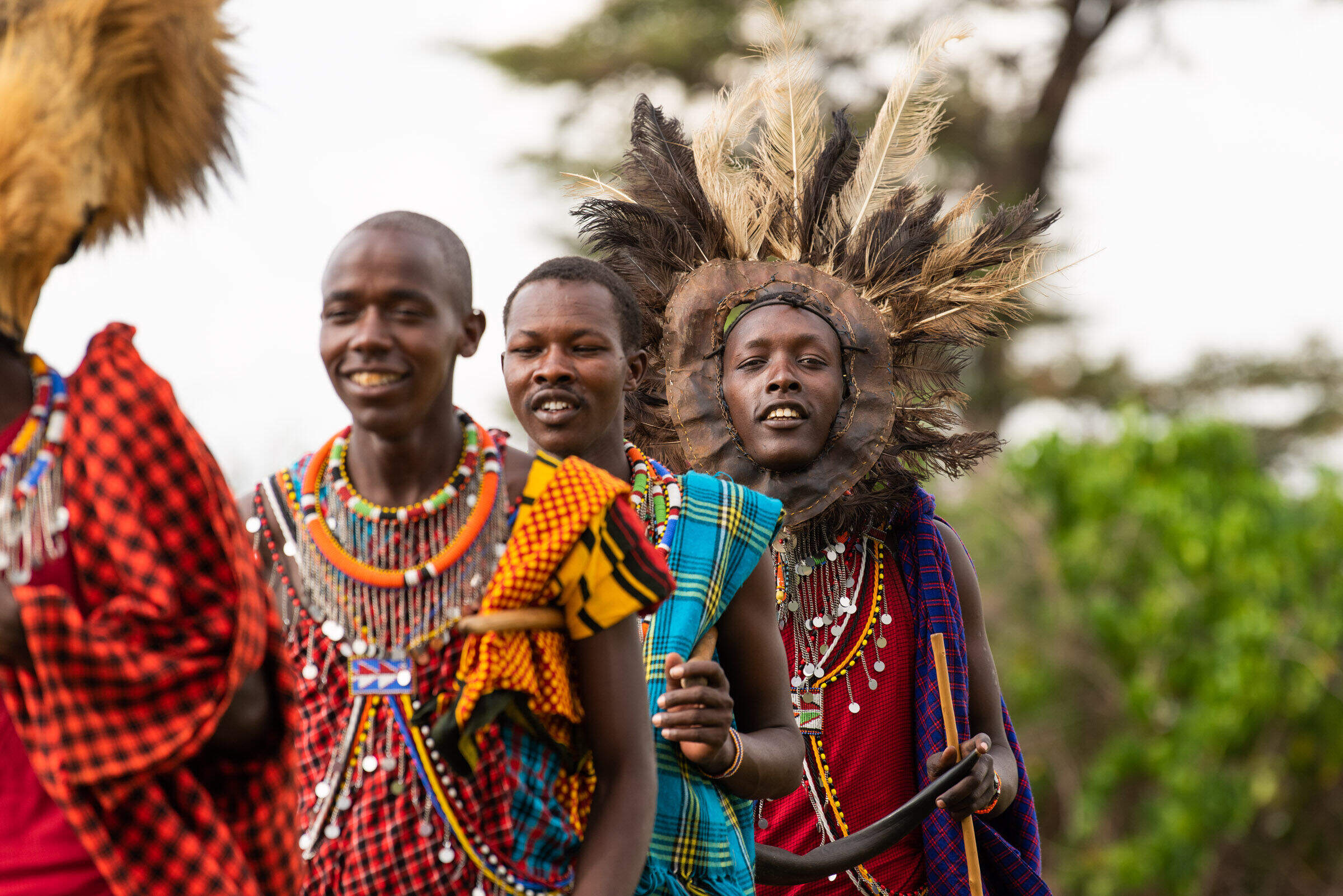
Cultural Experiences
Get authentic insight into Africa's cultures, communities and history.
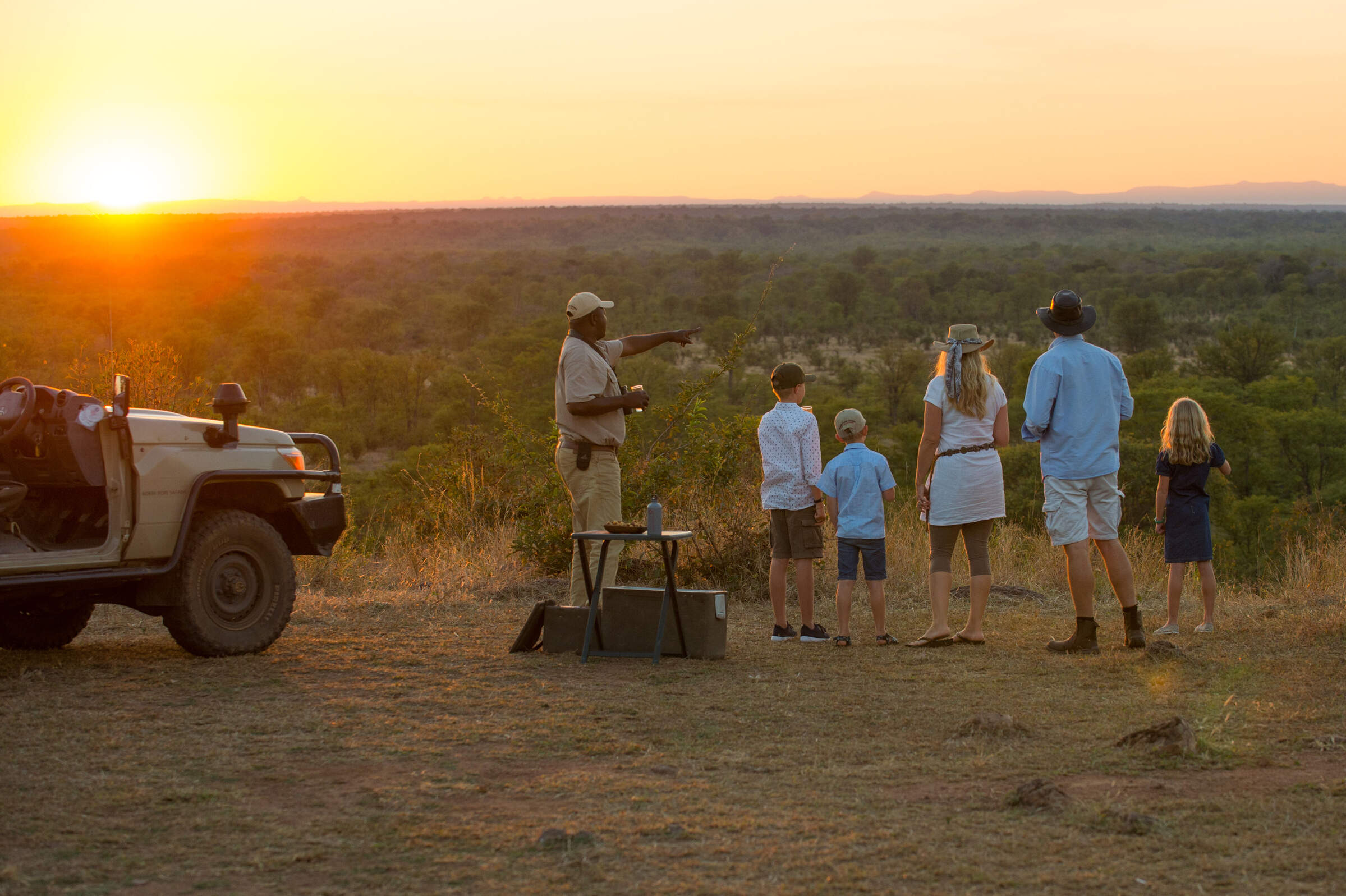
Family safaris
Our collection of incredible family safaris
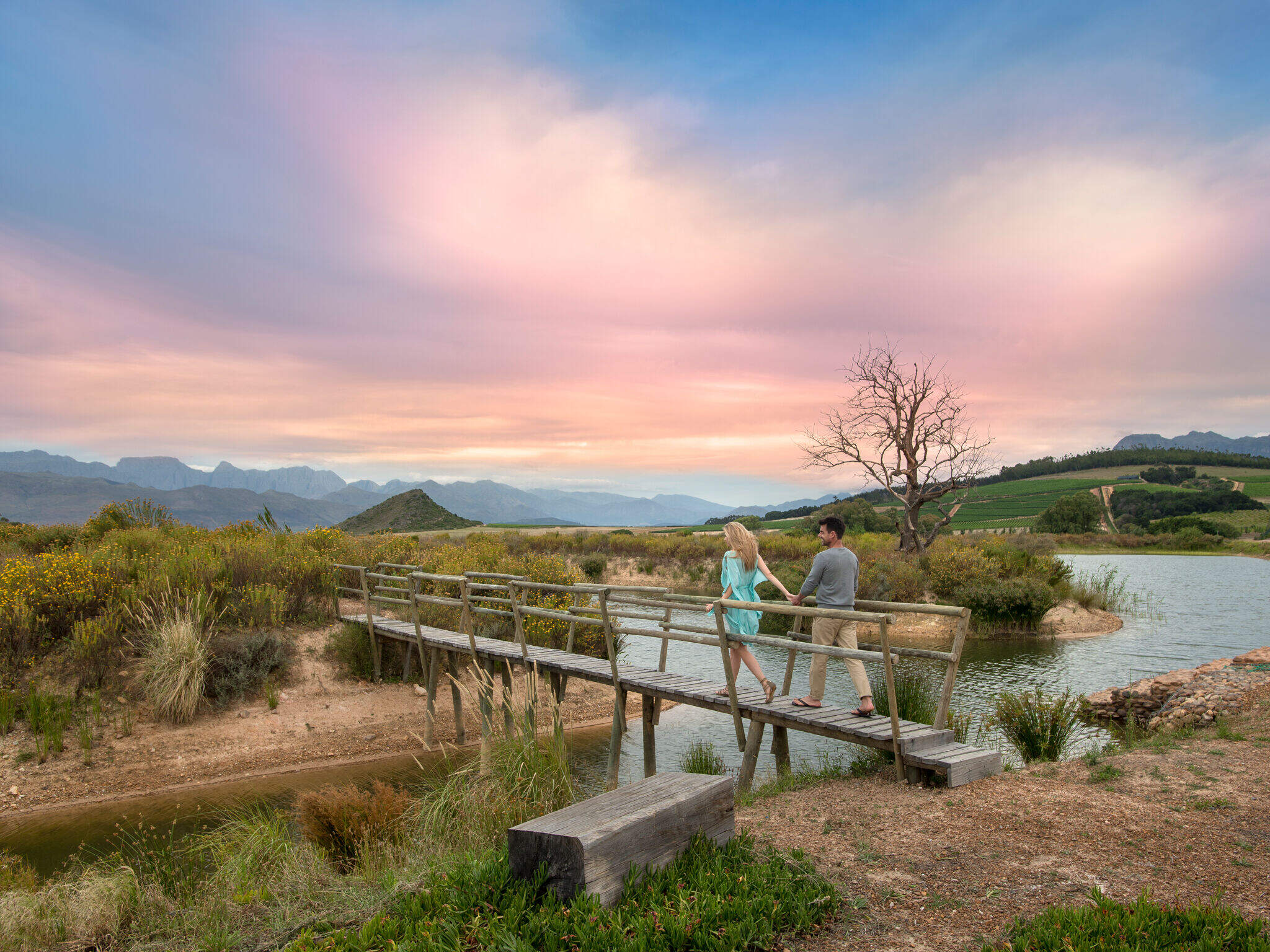
Honeymoons
Romantic safaris and castaway island retreats.
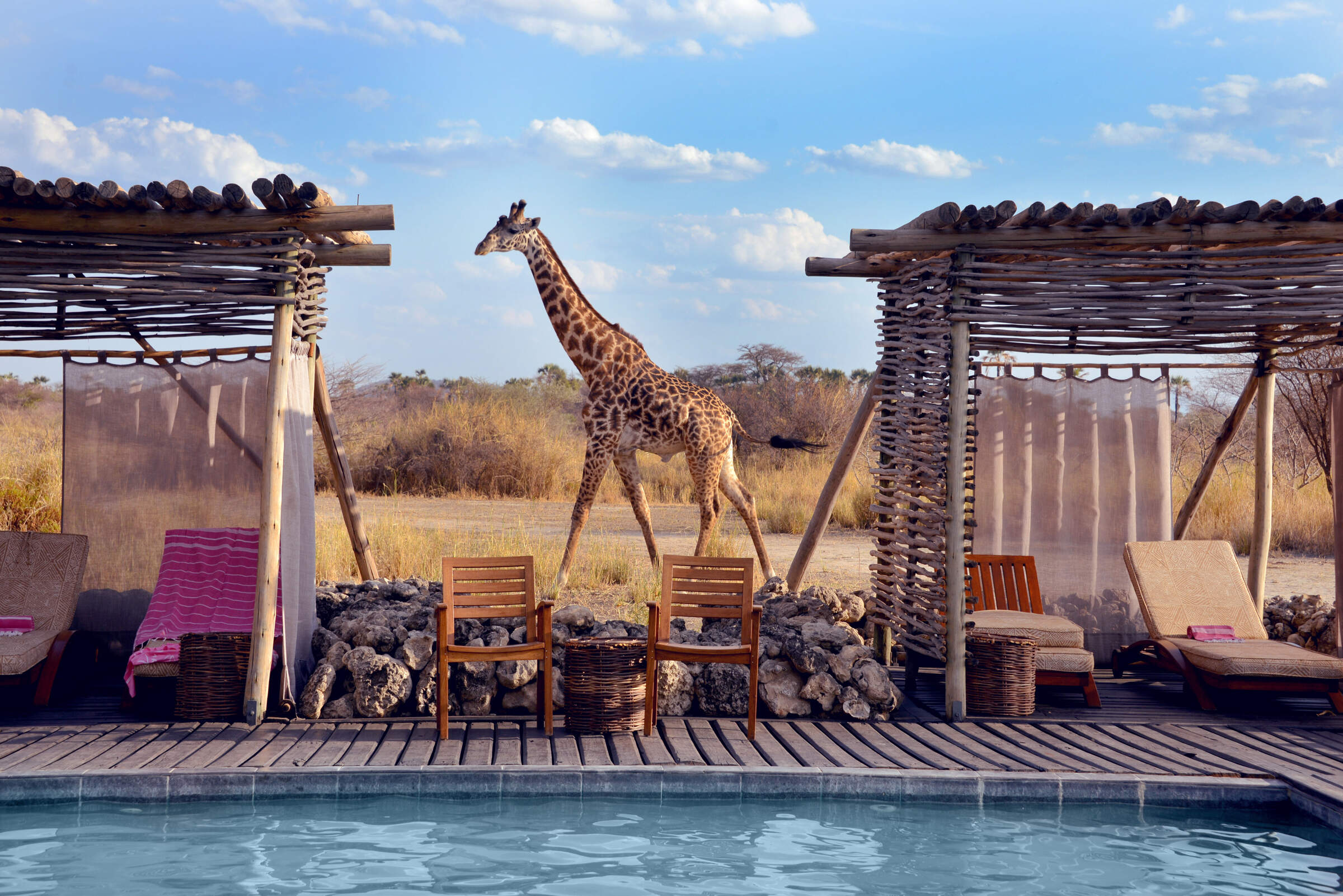
Luxury safaris
First-class service, scenic vistas and unparalleled comfort await you during these carefully selected luxury holidays.
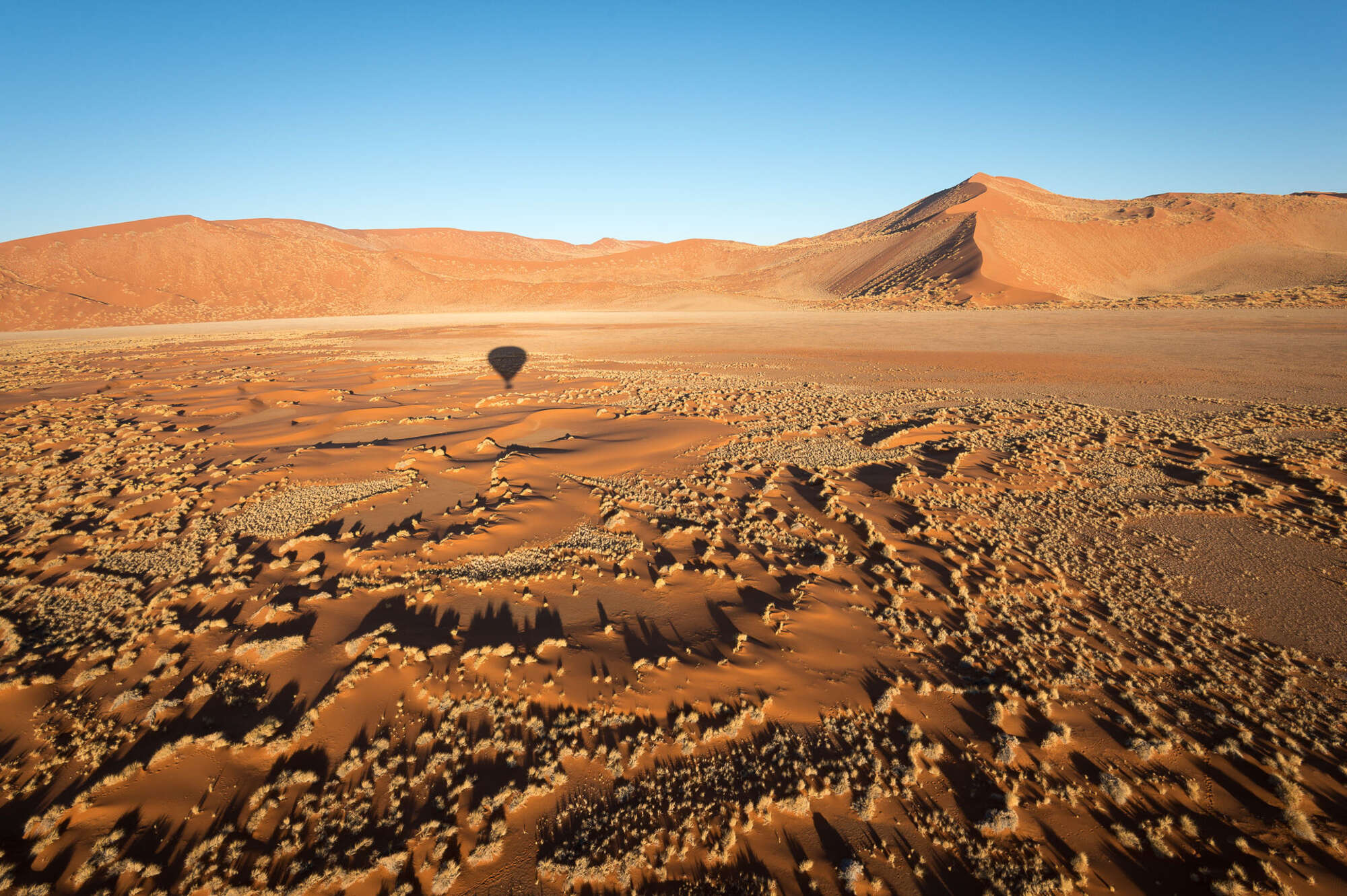
Photography safaris
Great holidays to suit the keen photographer.
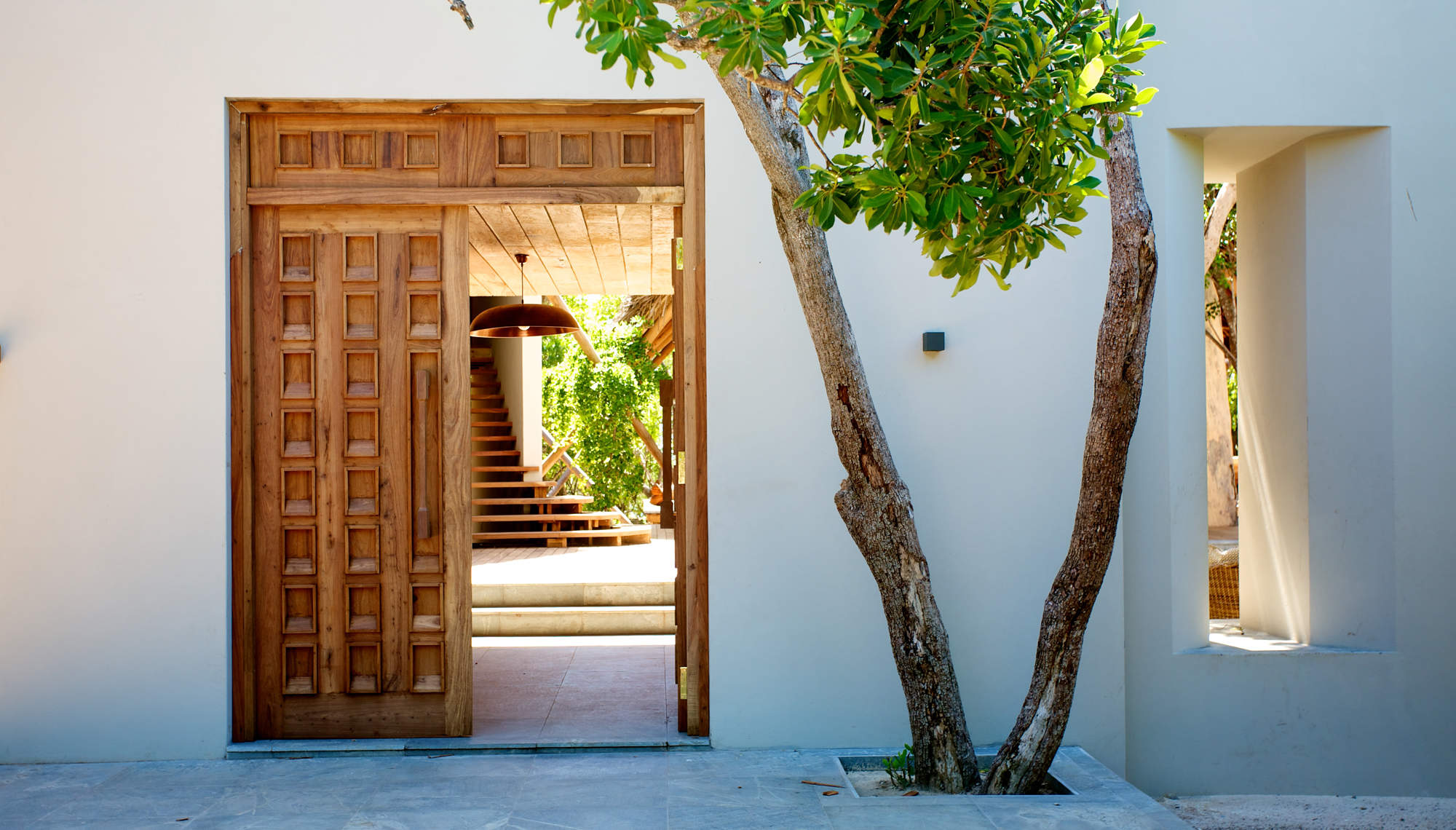
Private villas & houses
Enjoy Africa with just your friends & family
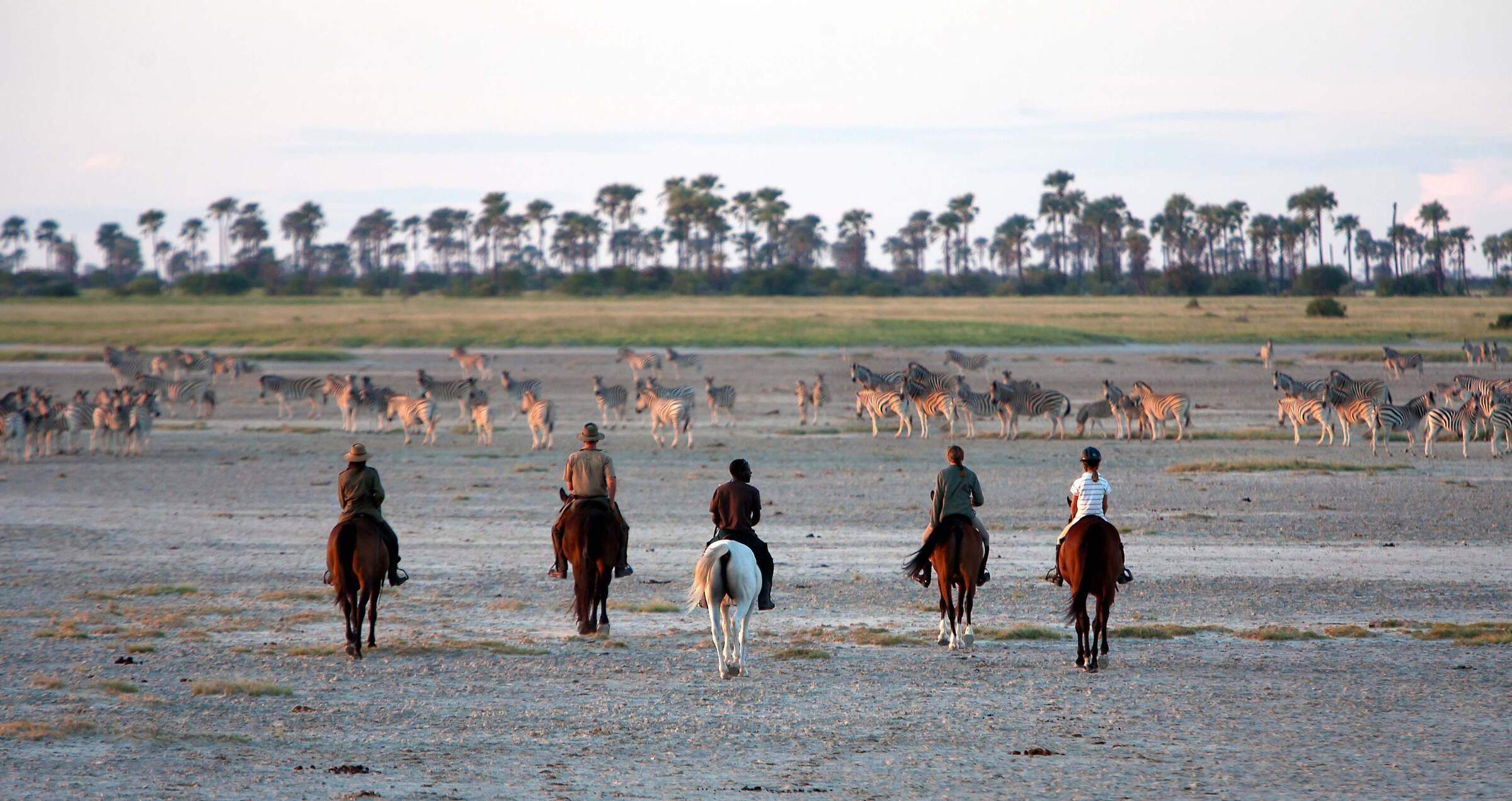
Riding safaris
Explore Africa's wilderness on horseback.
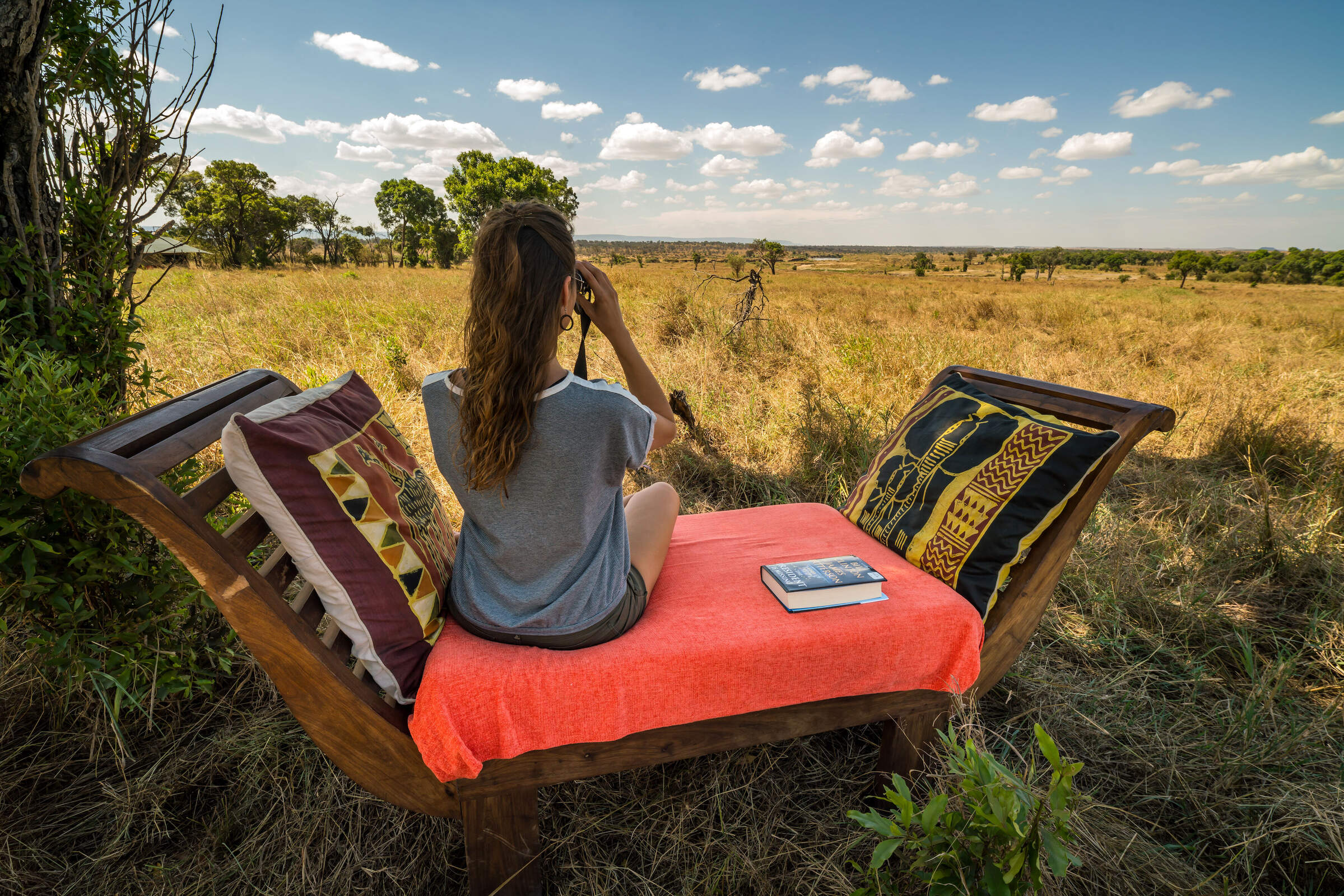
Solo safaris
Trip ideas ideally suited for a solo traveller.
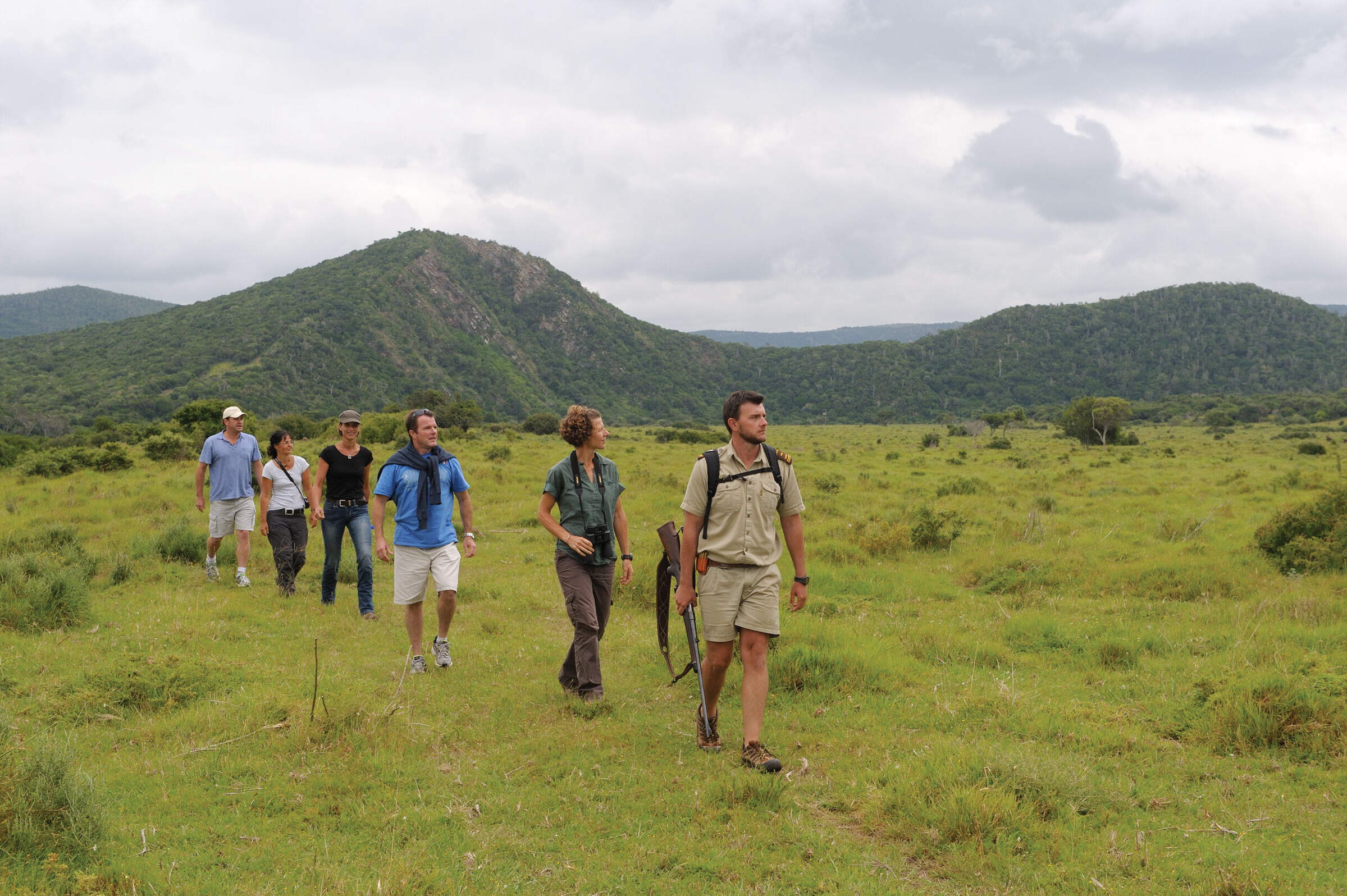
Walking
Explore Africa's most scenic hiking trails on foot, with or without a guide.
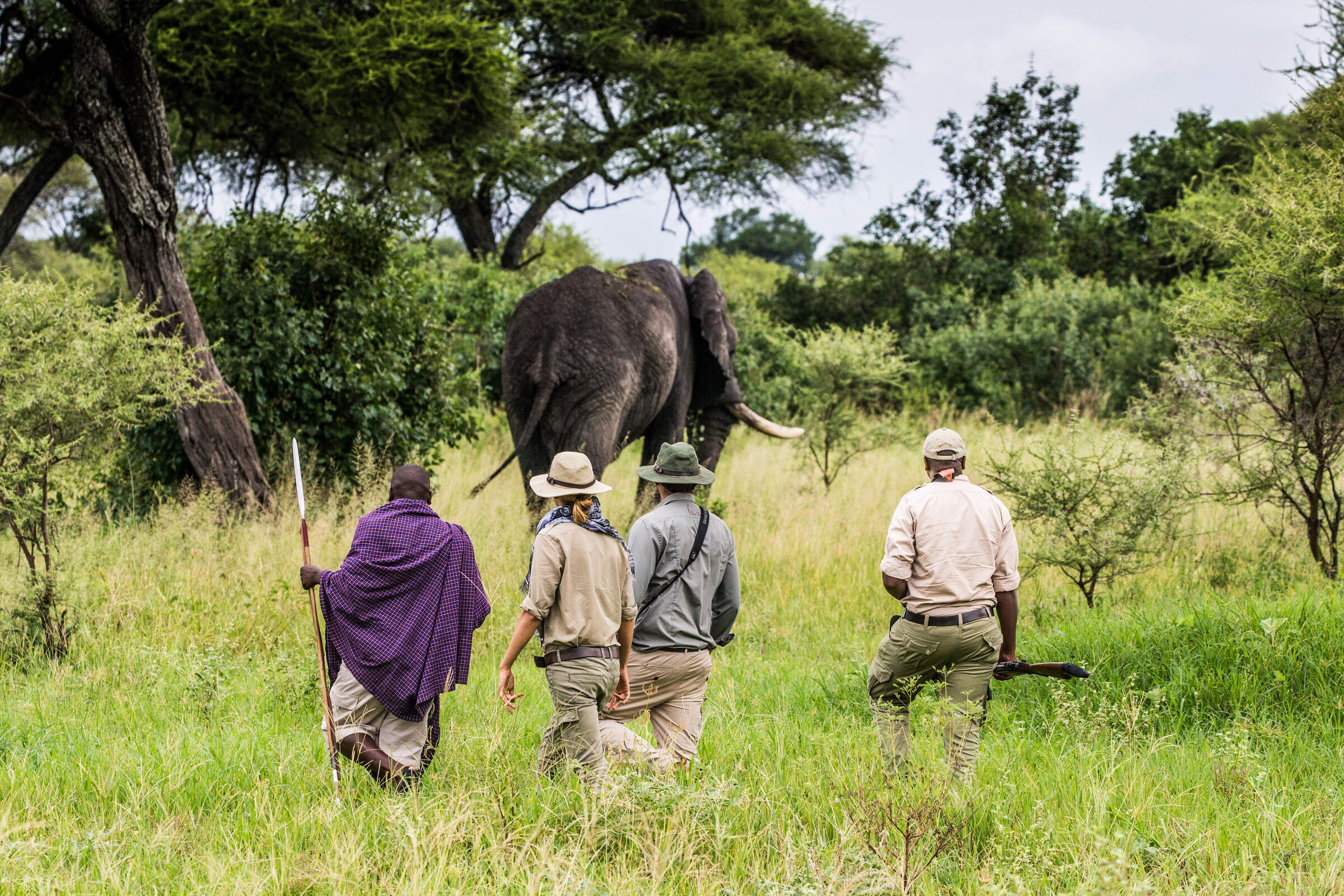
Walking safaris
Discover Africa's wildlife and wilderness on foot.

Wellbeing
Wellness escapes in stunning locations
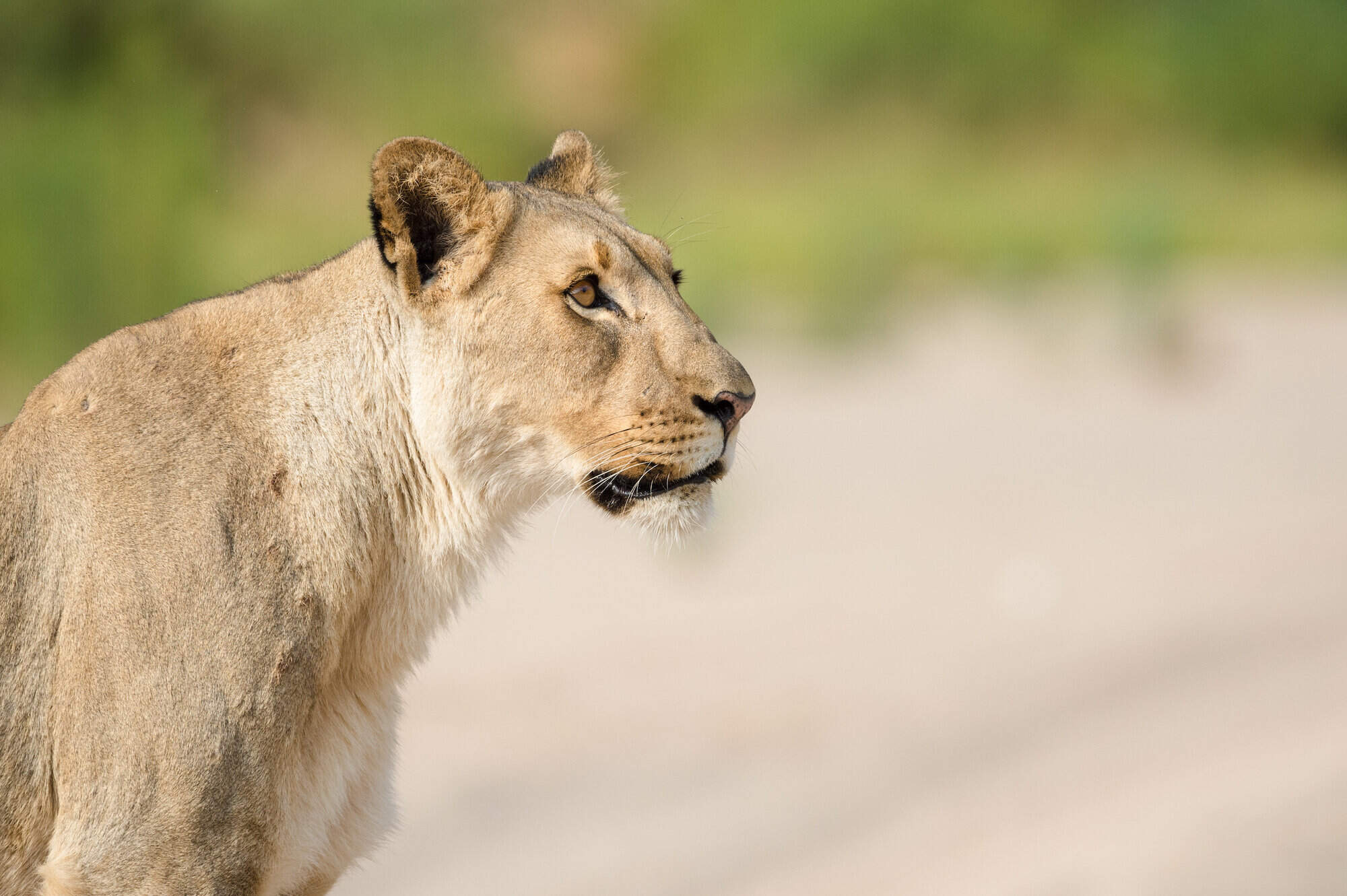
Wildlife safaris
These trips include incredible wildlife and elusive species, as well as superb guiding and a variety of diverse ecosystems.
